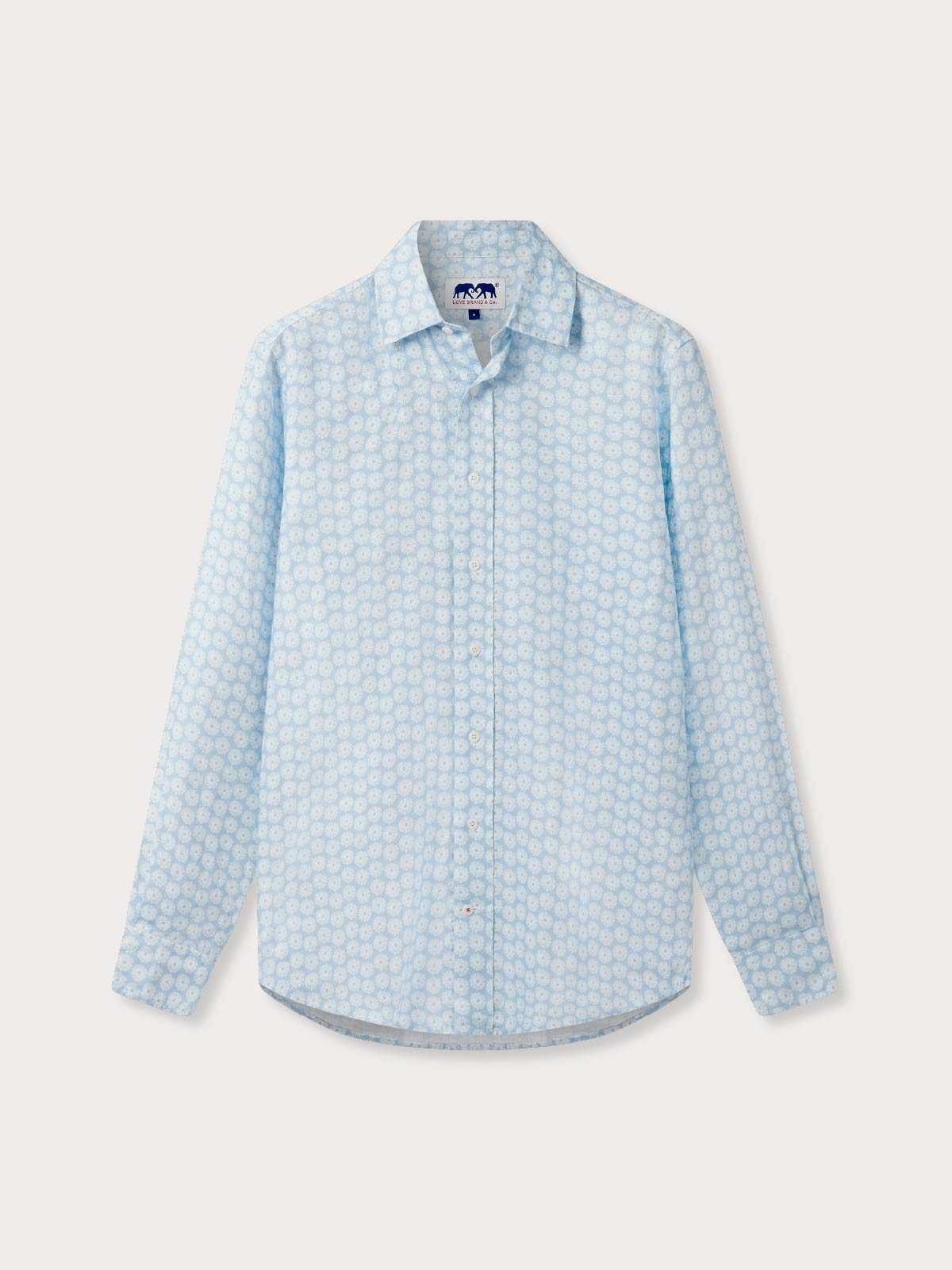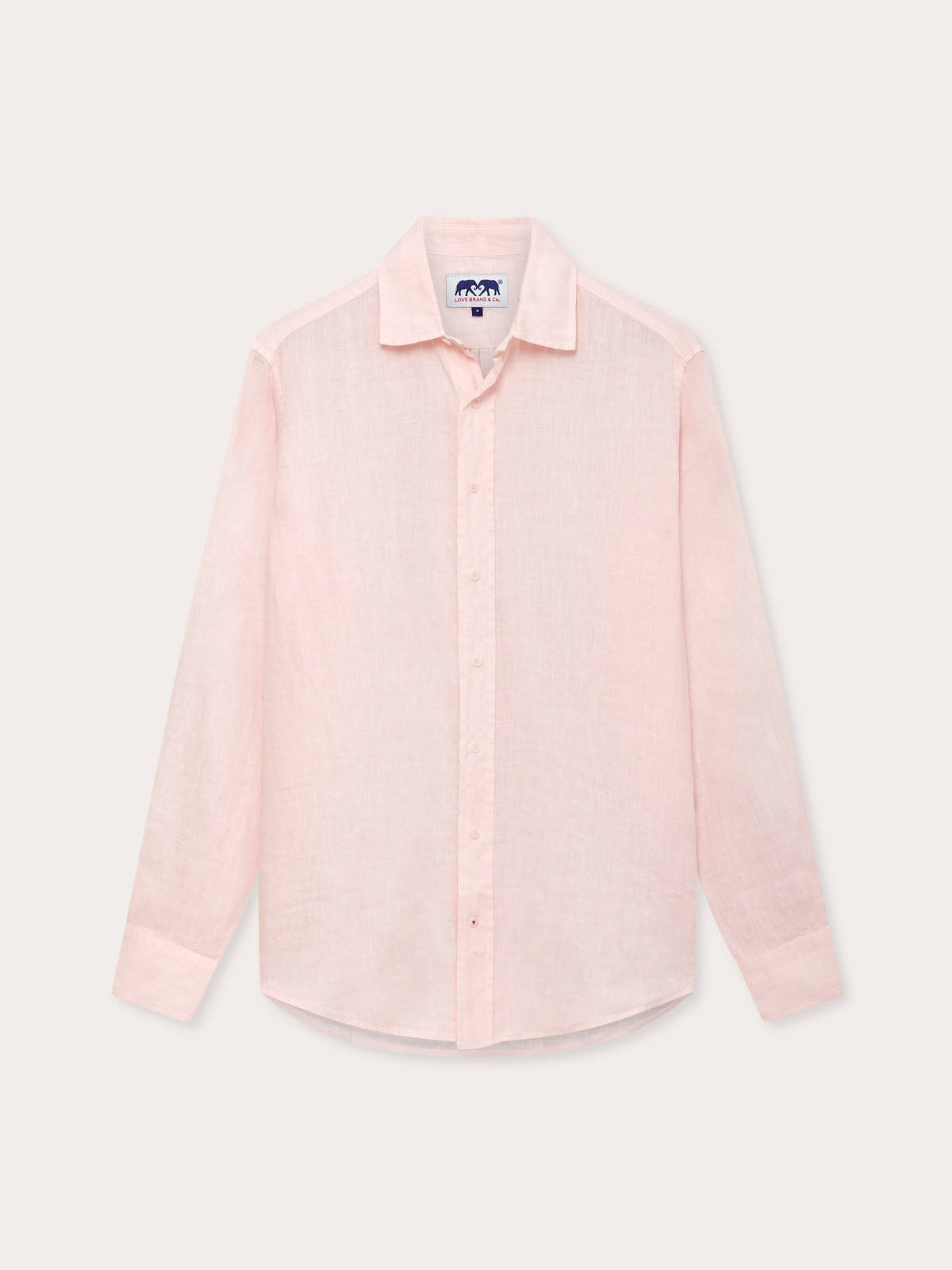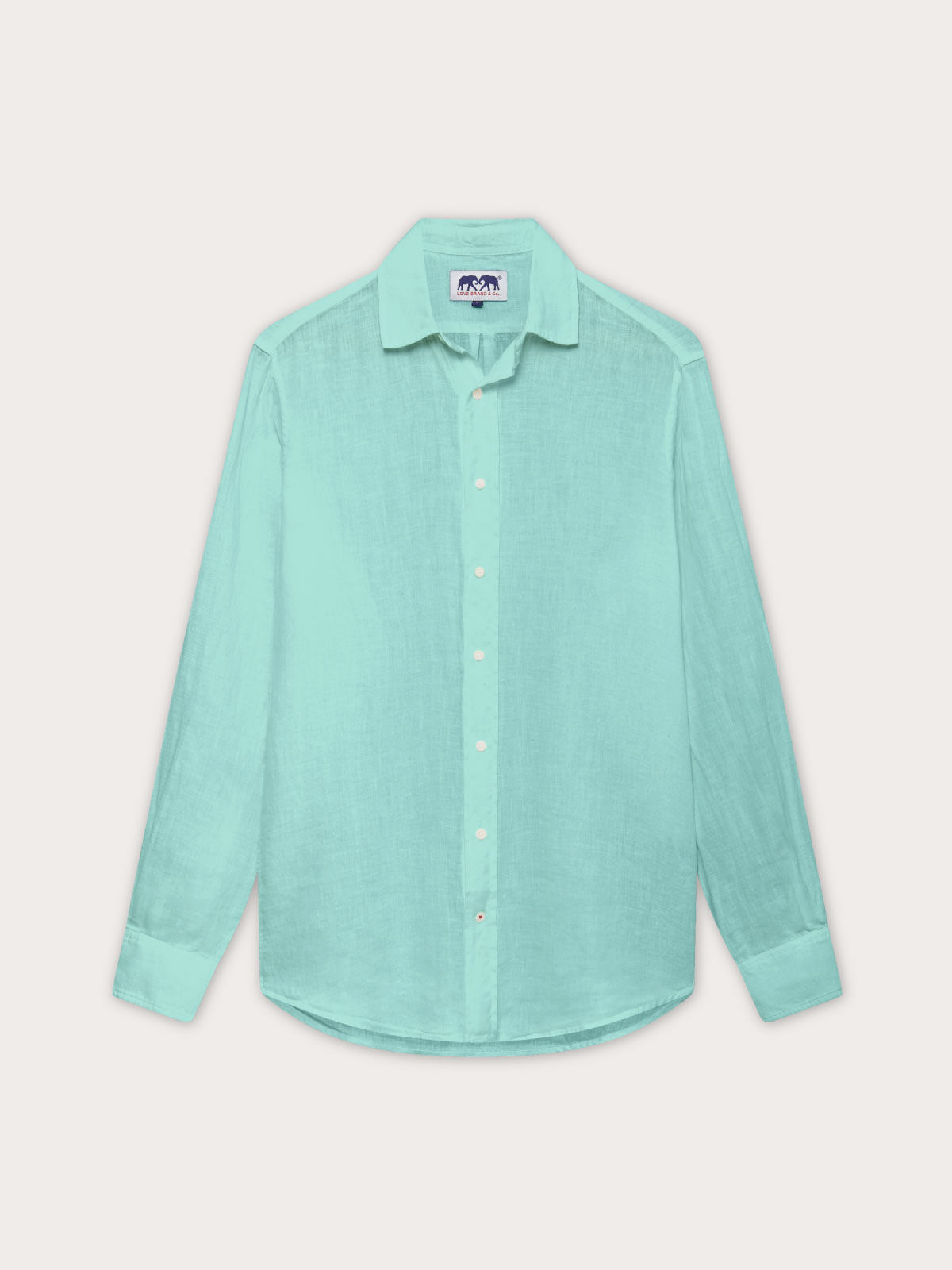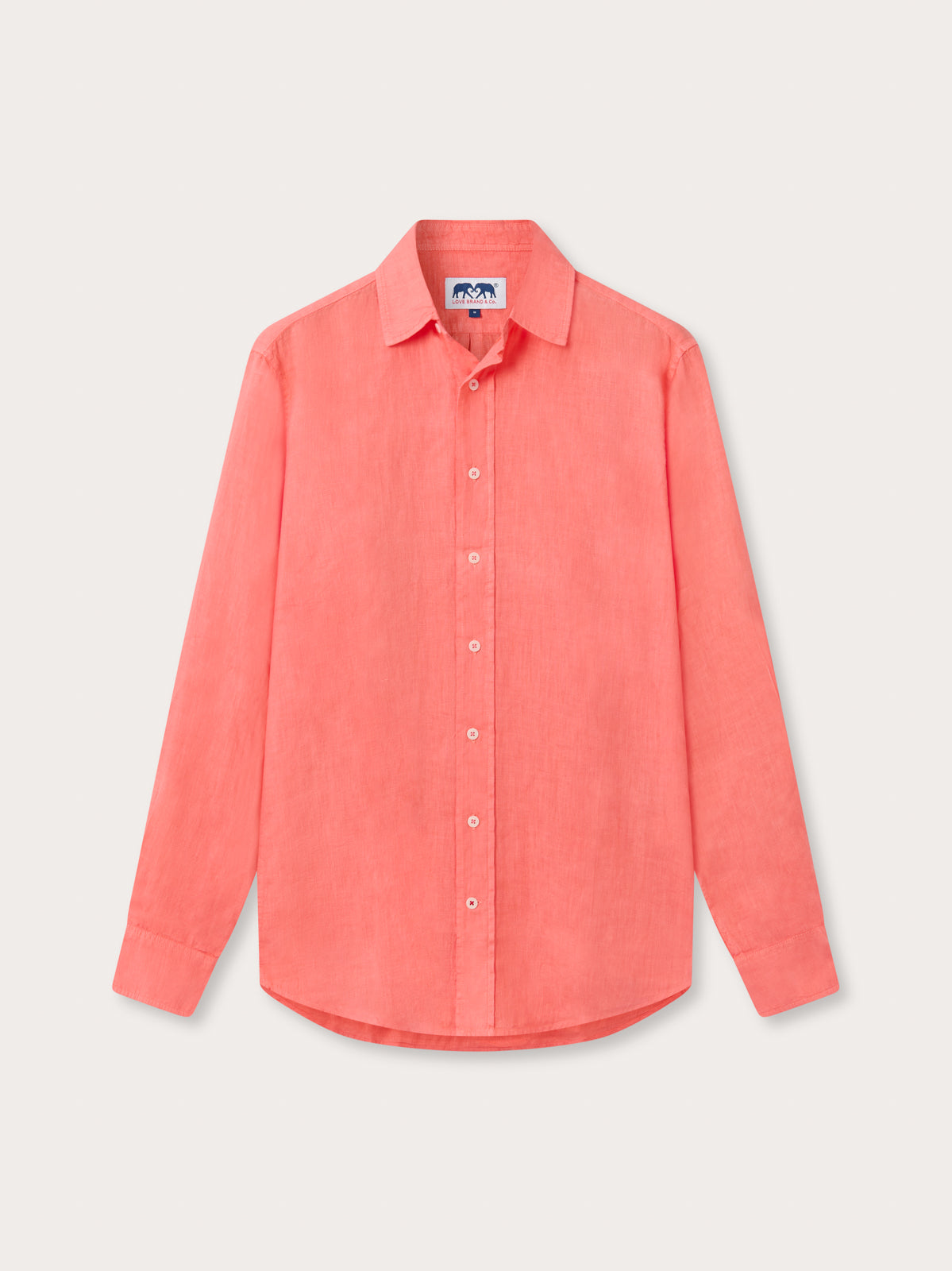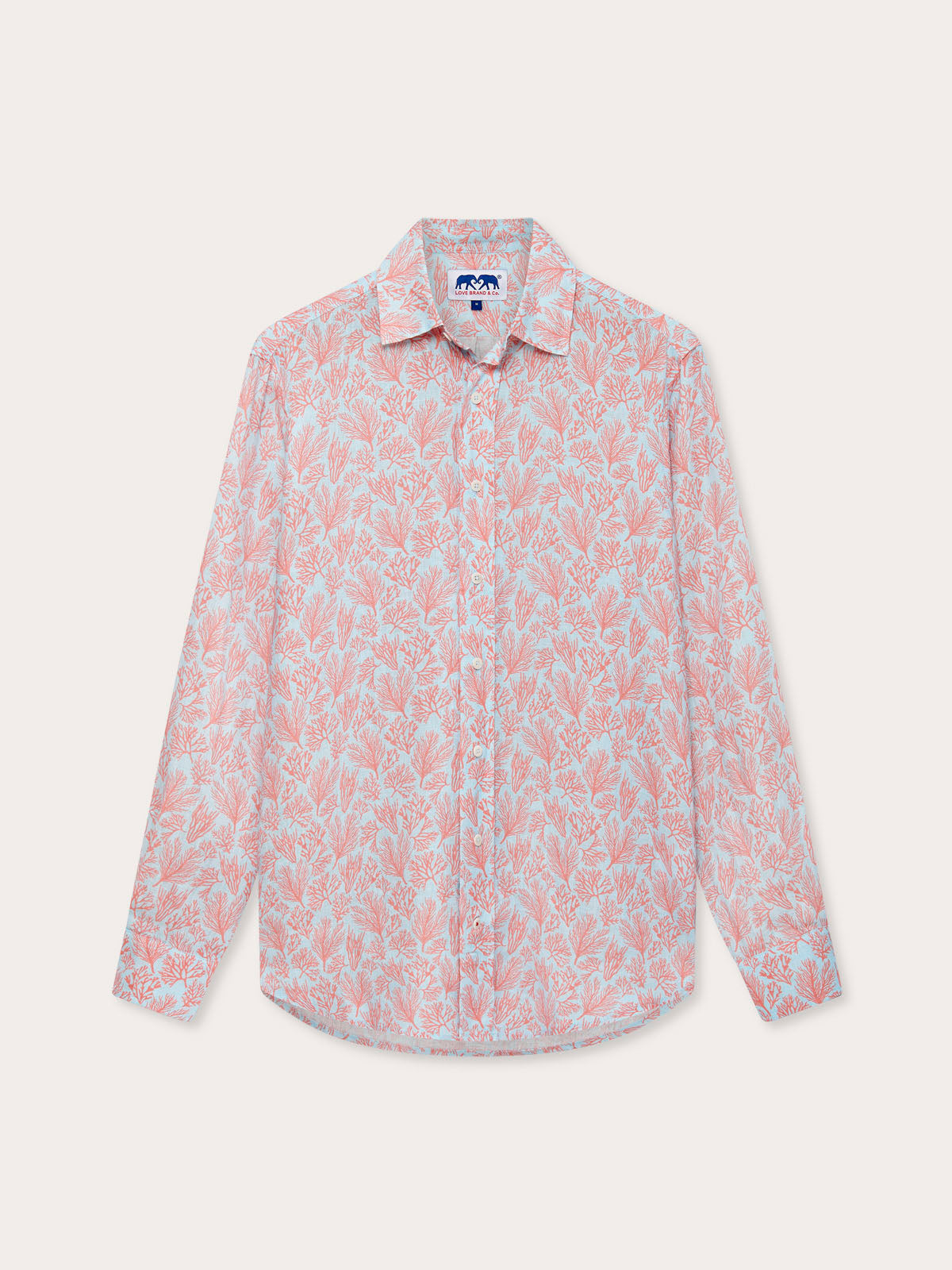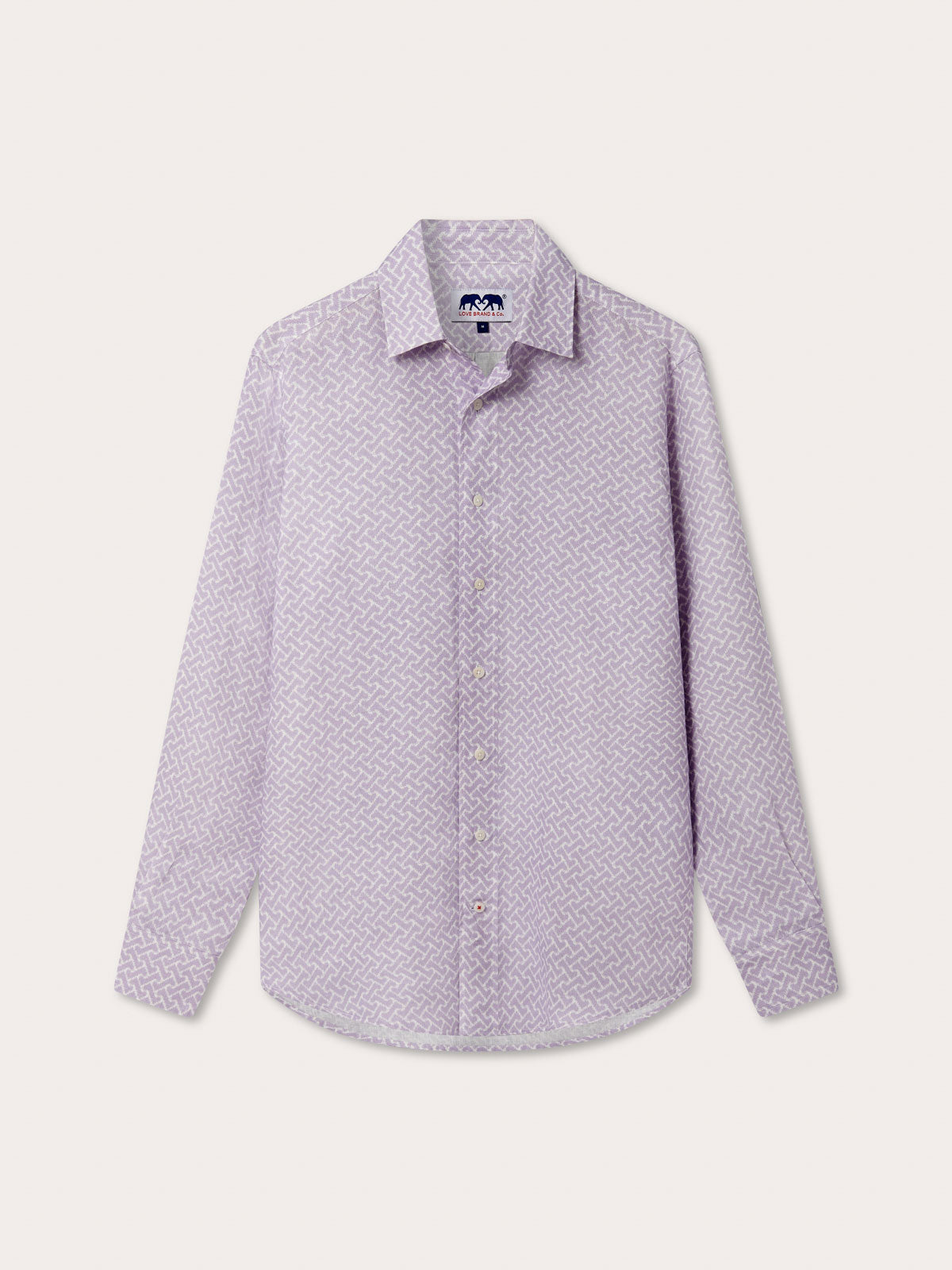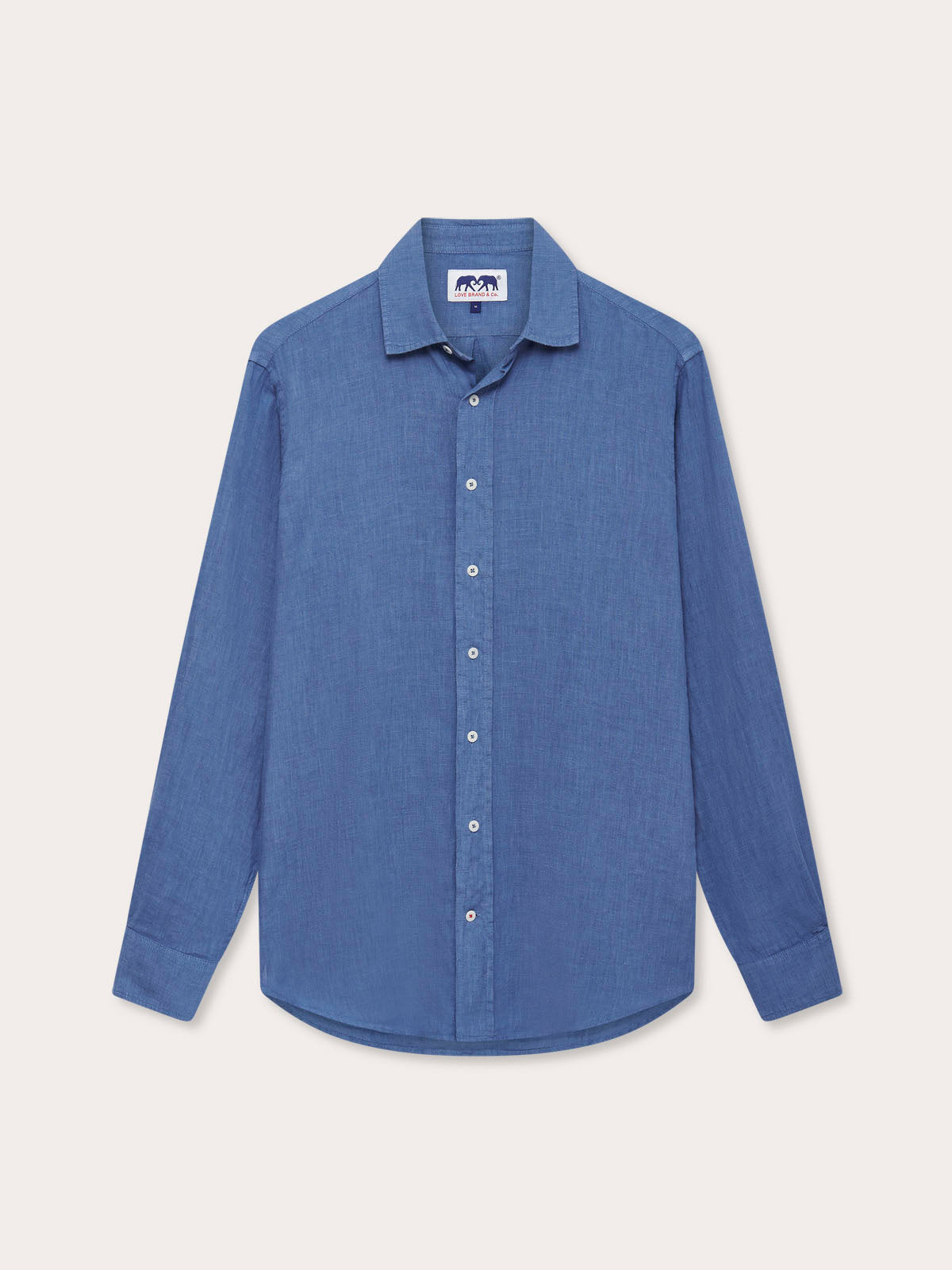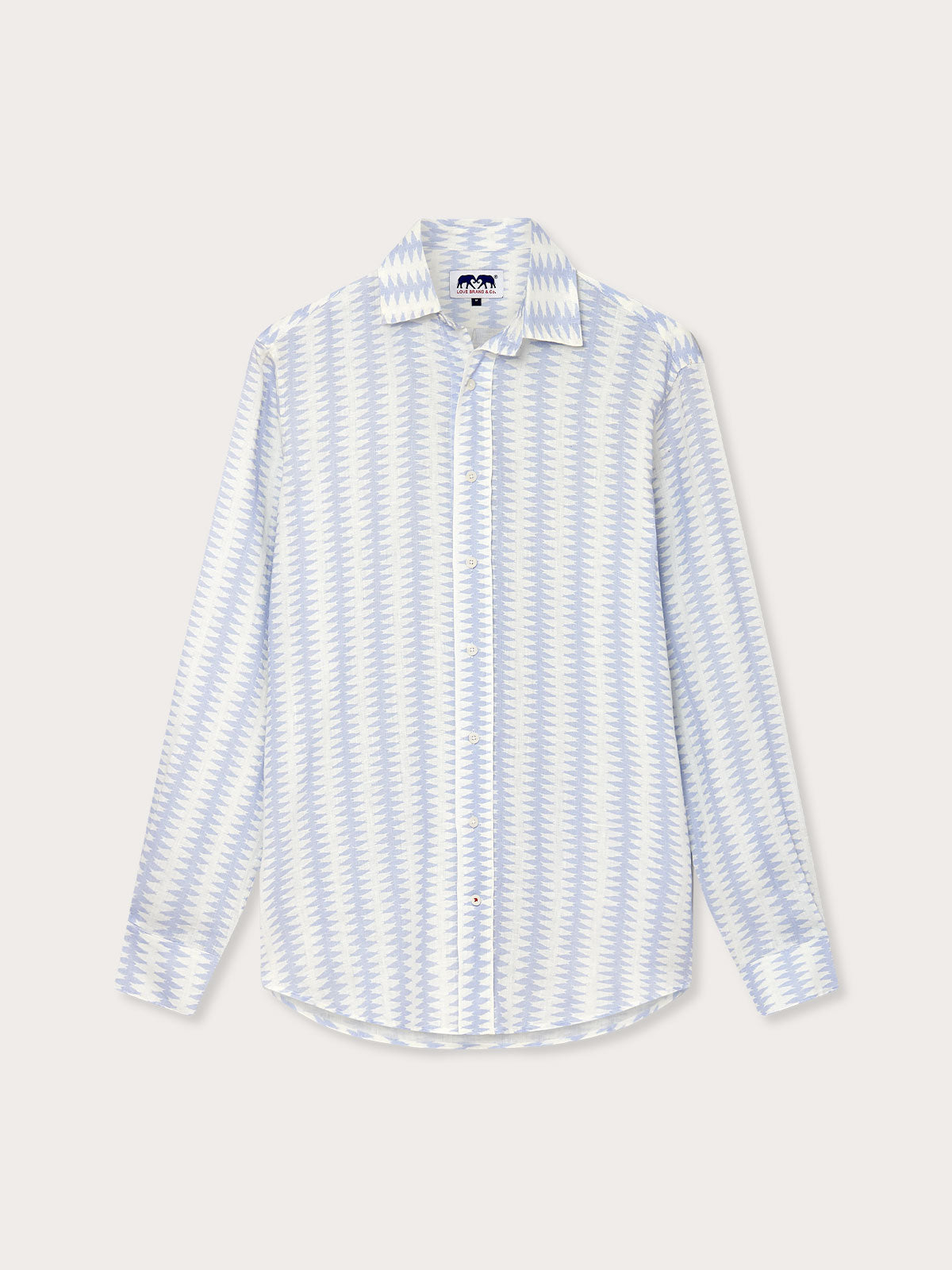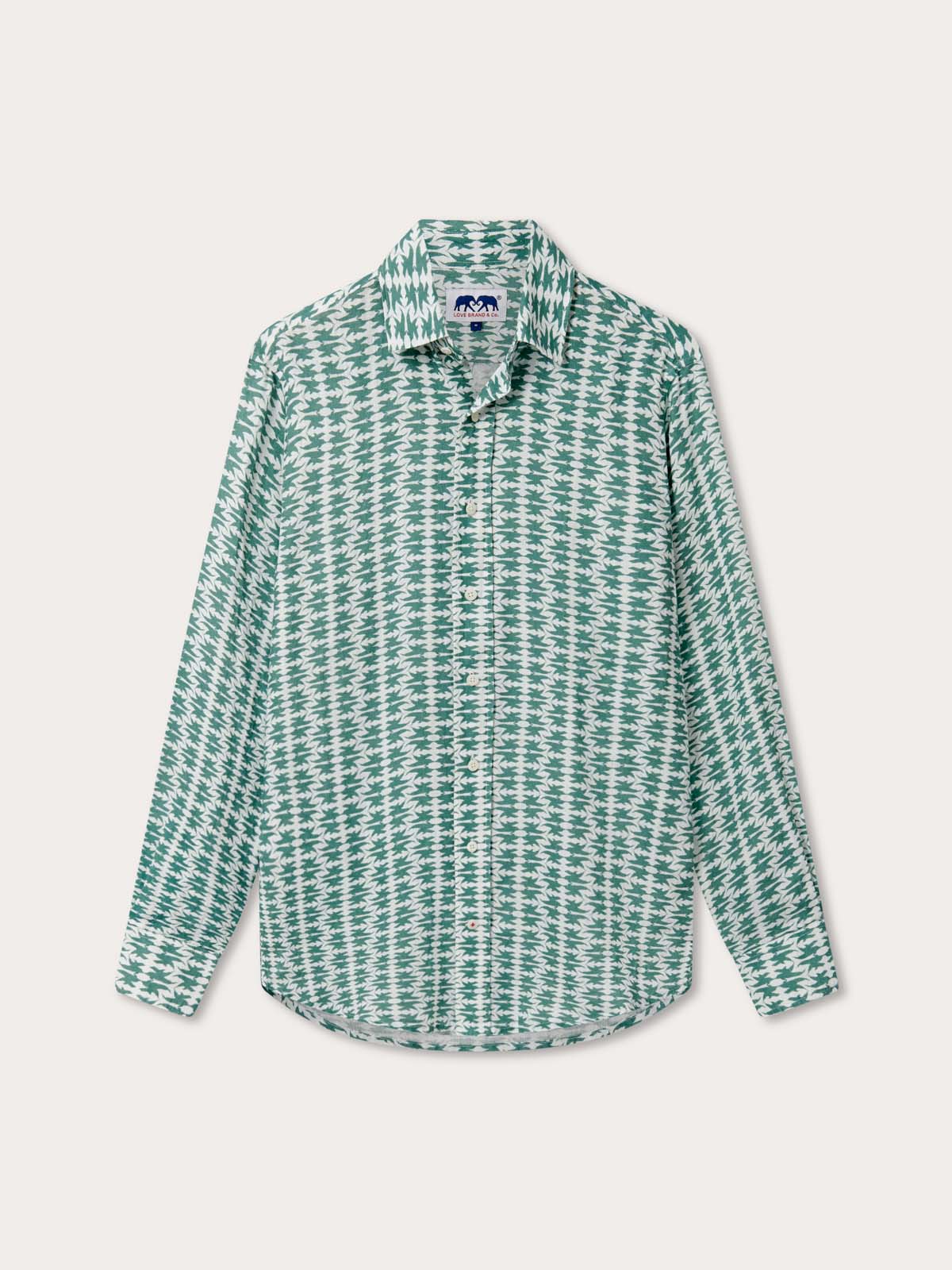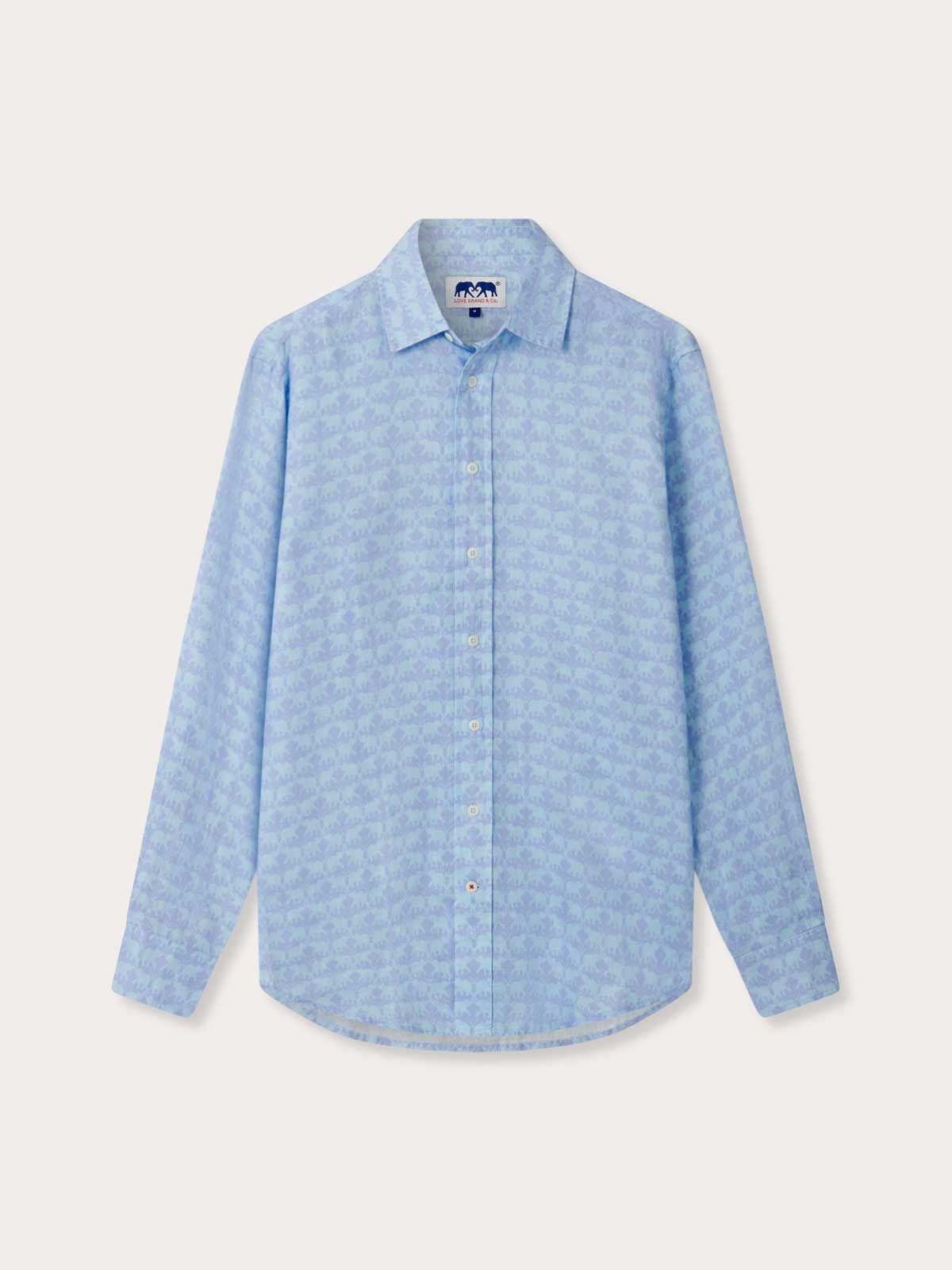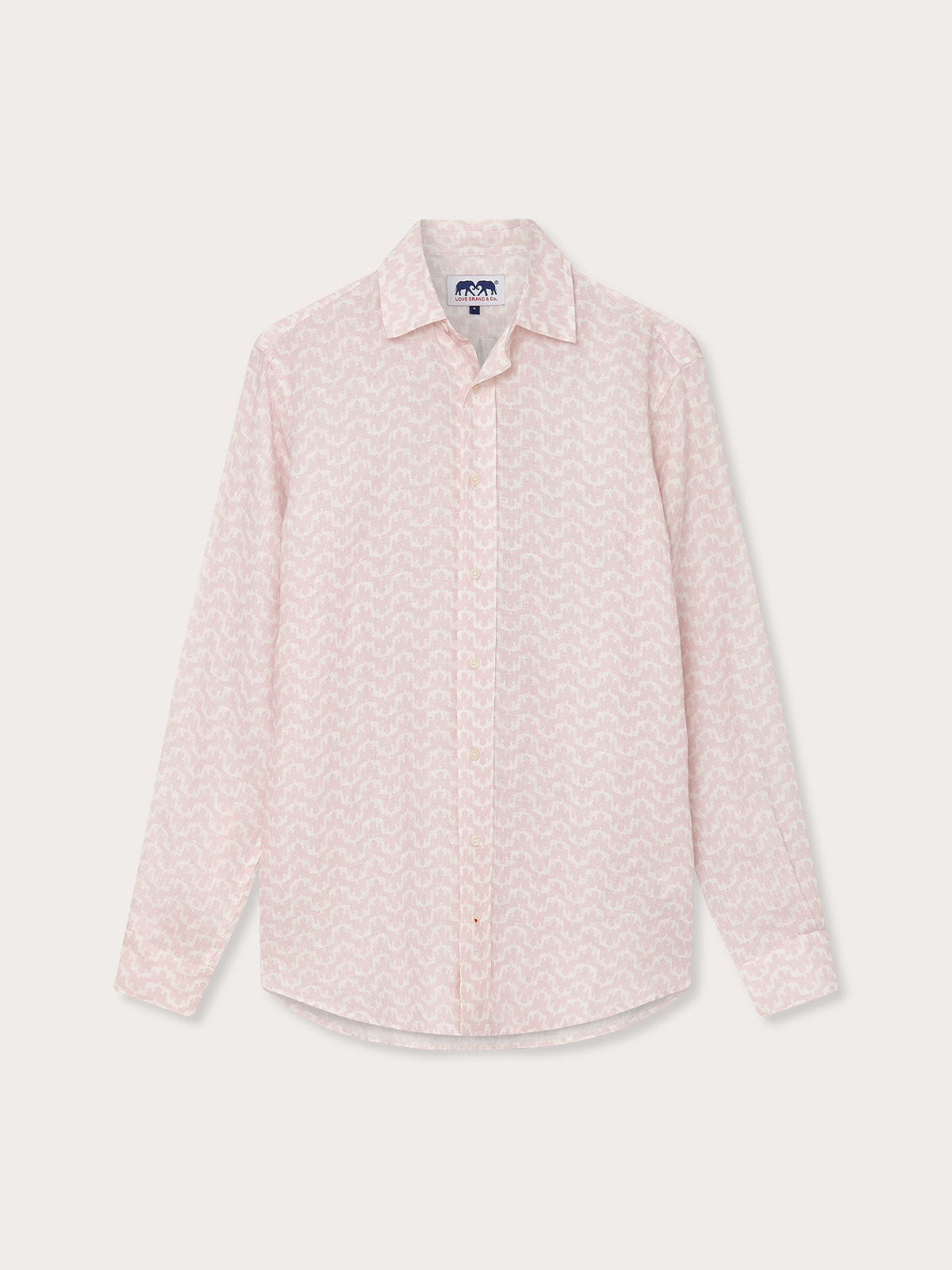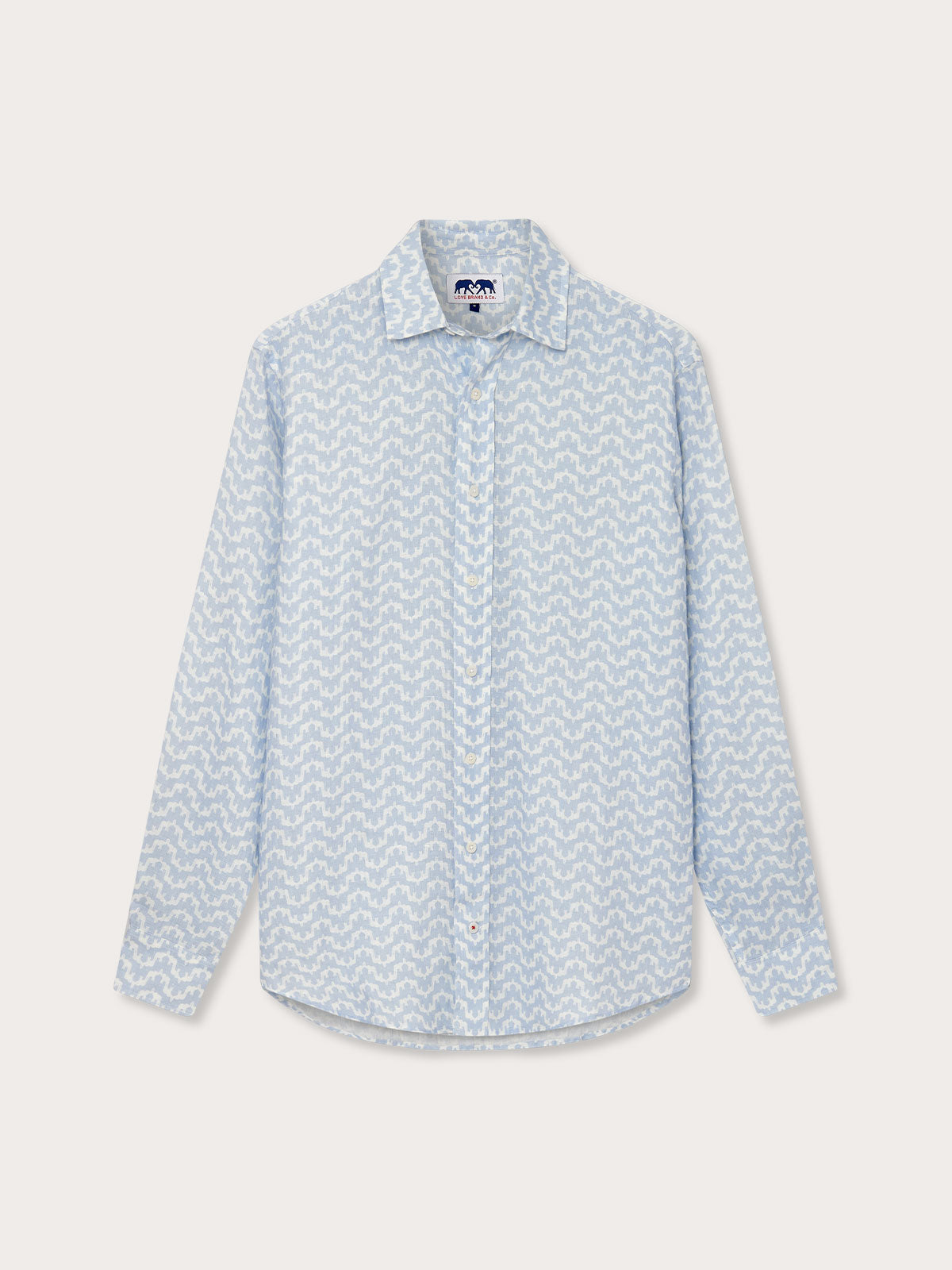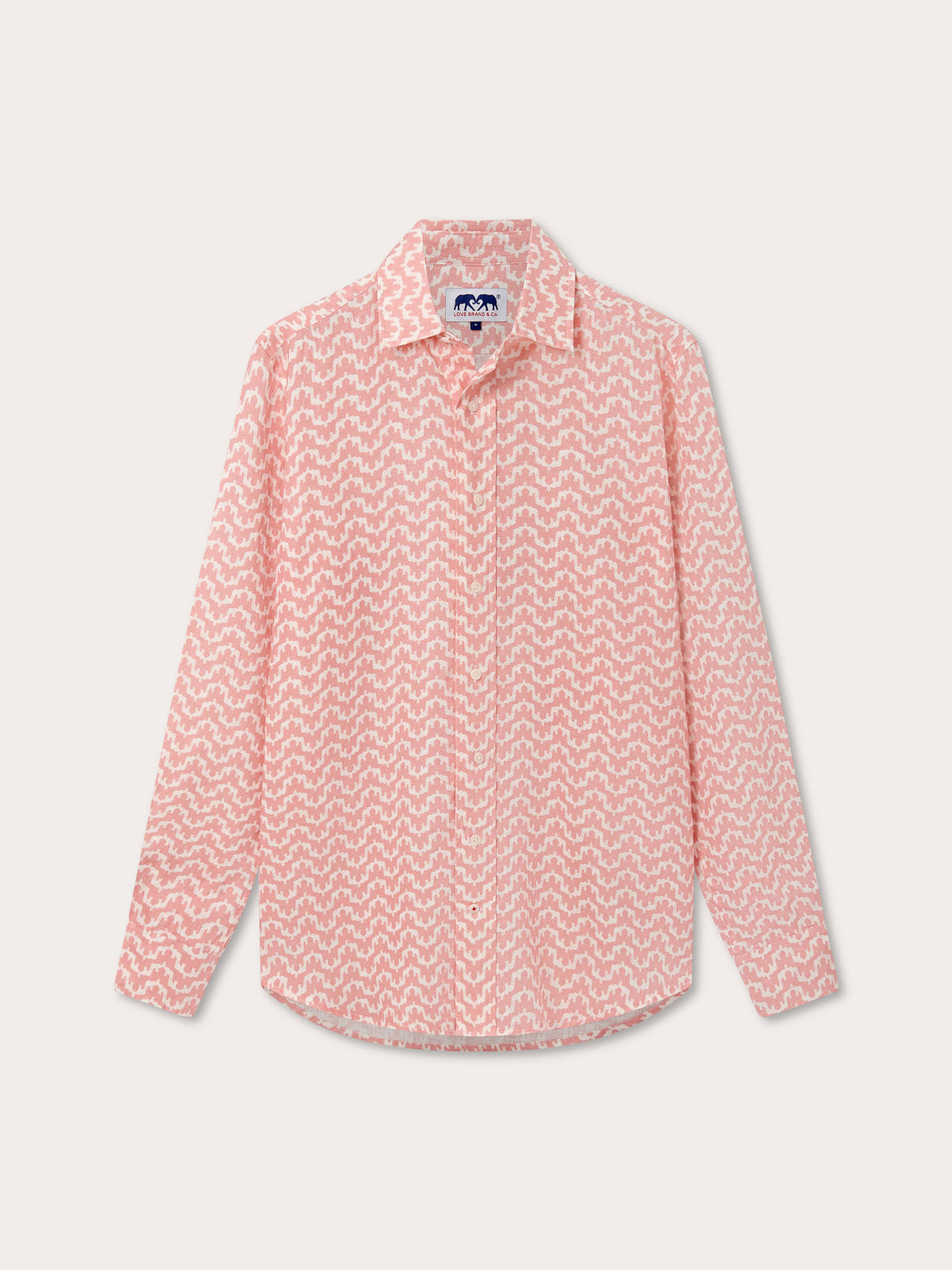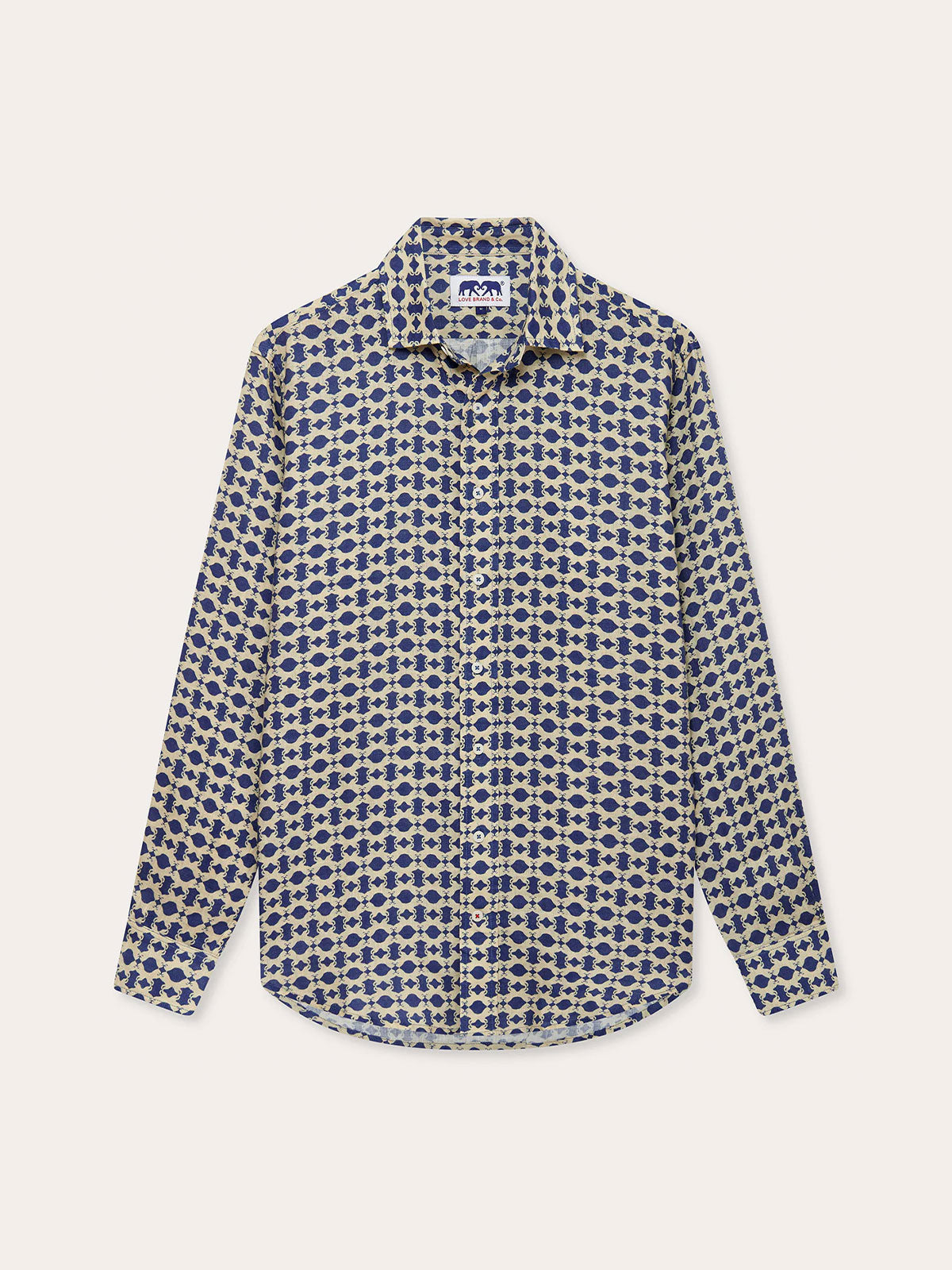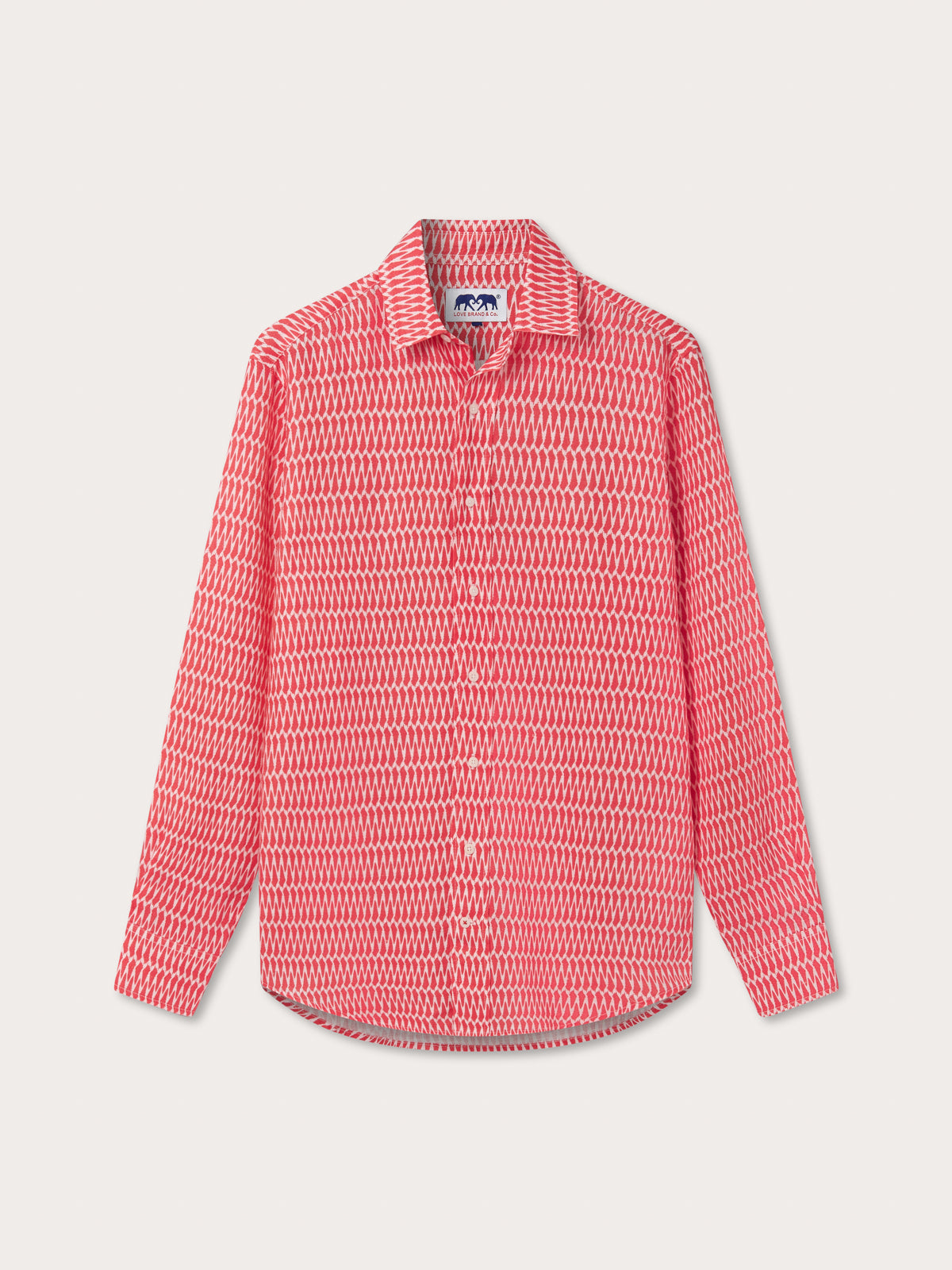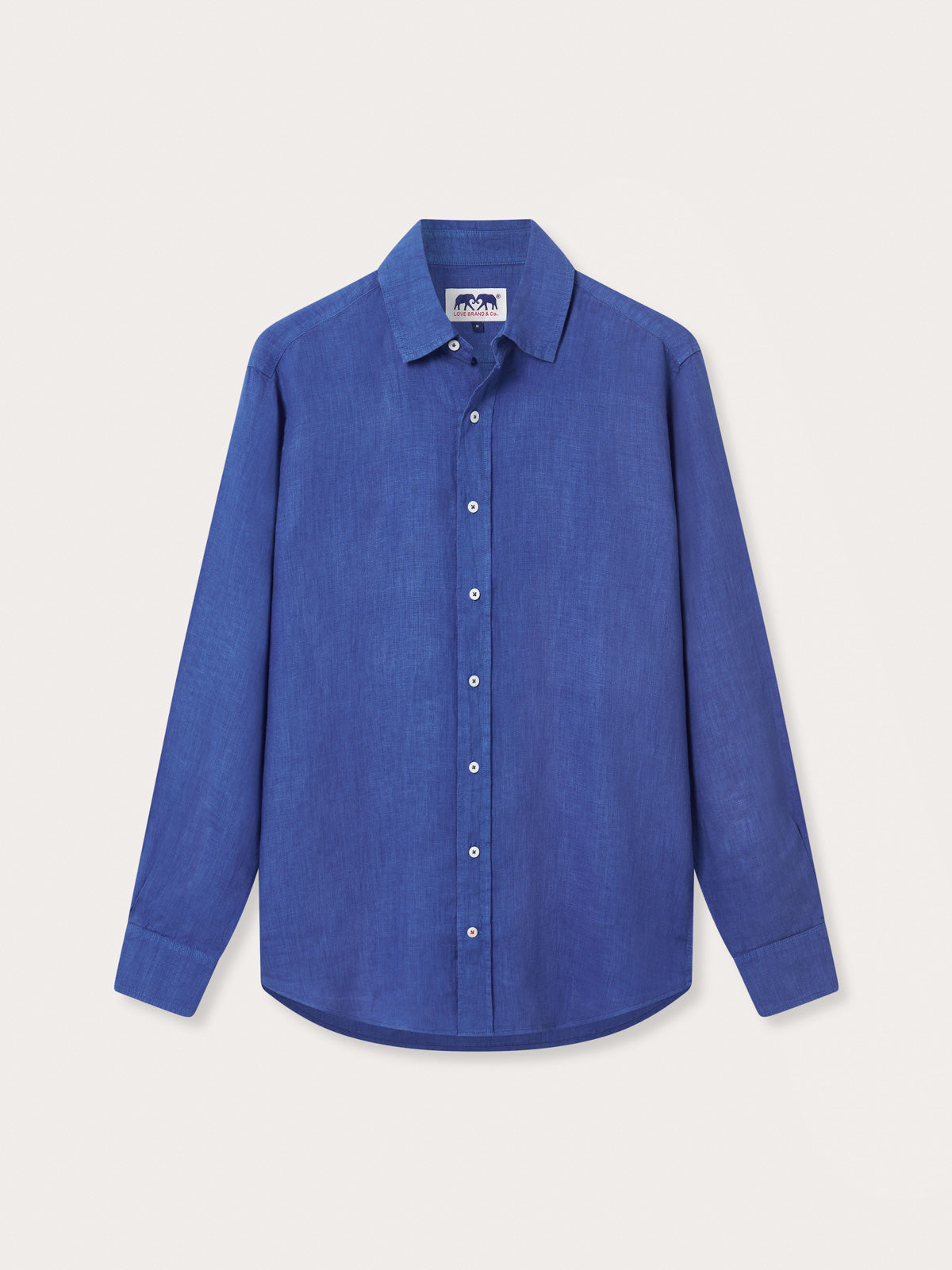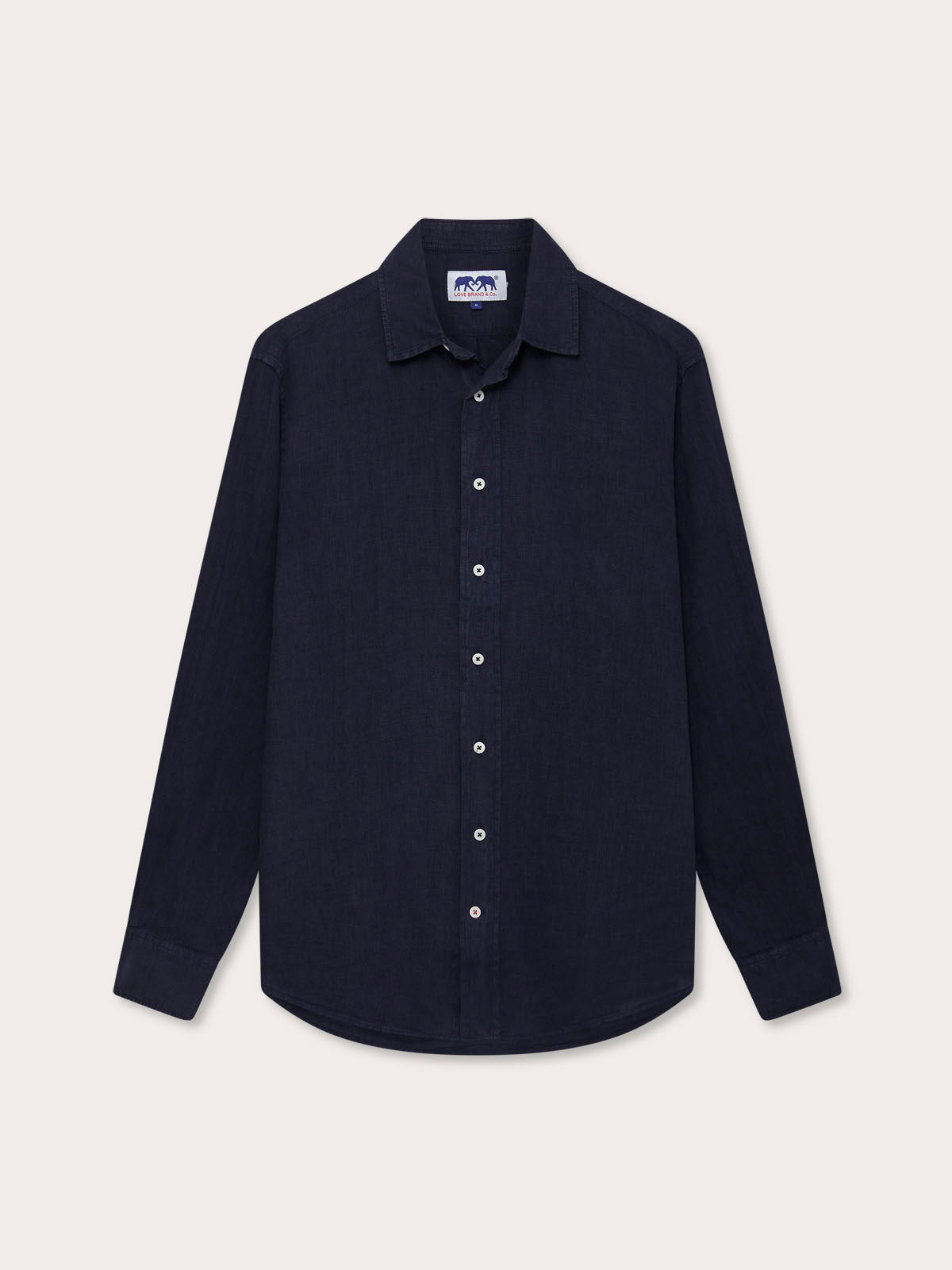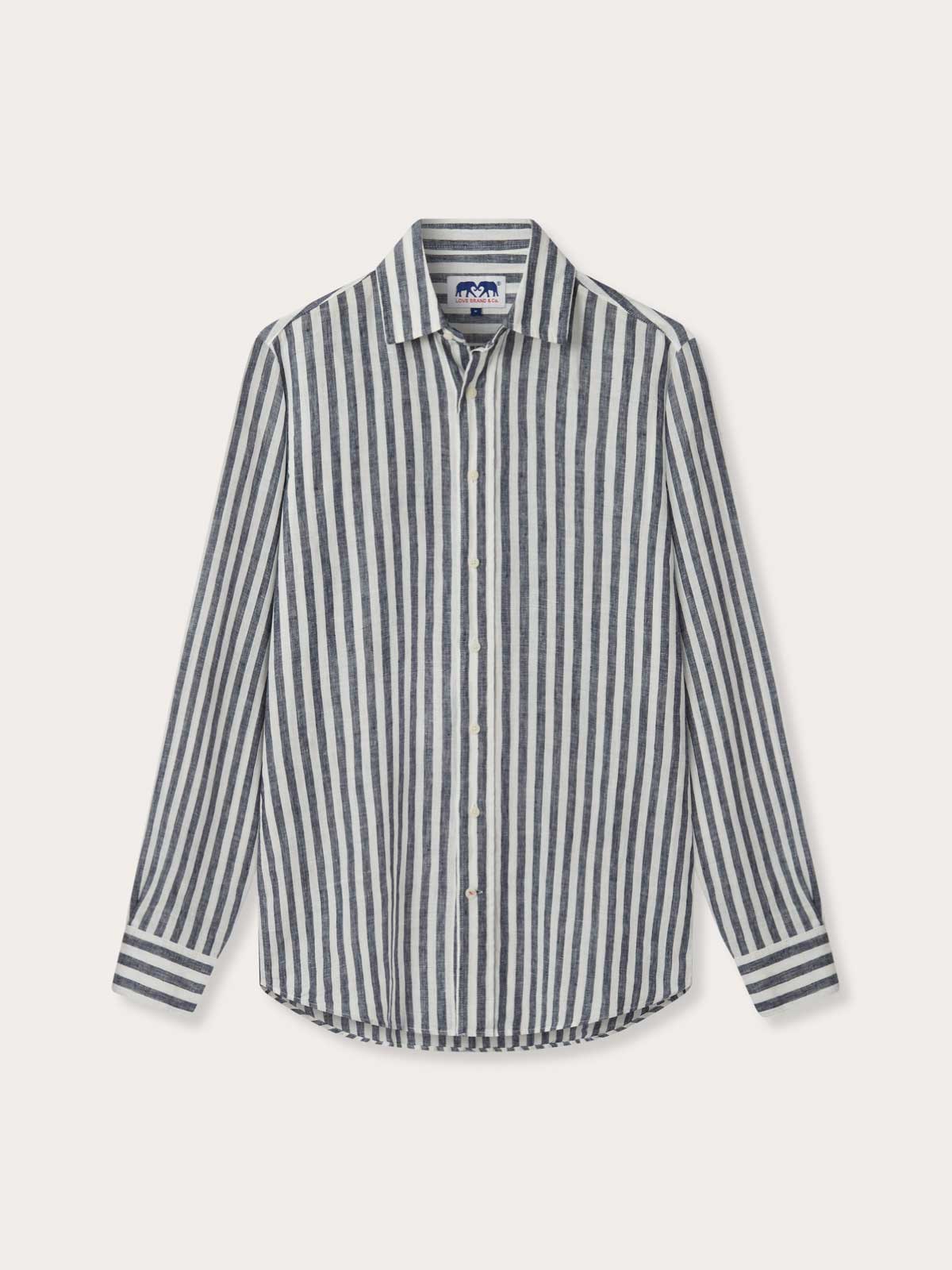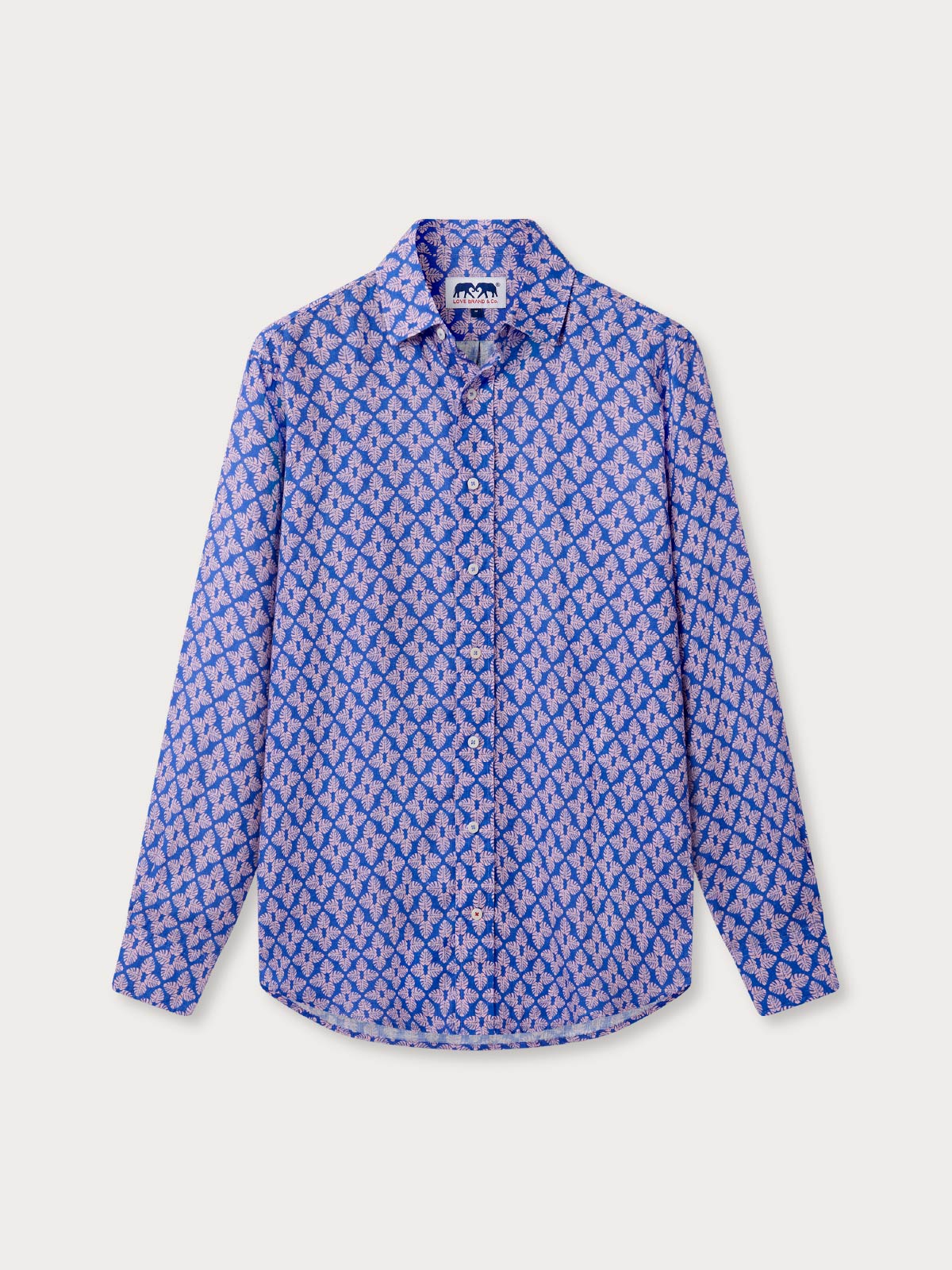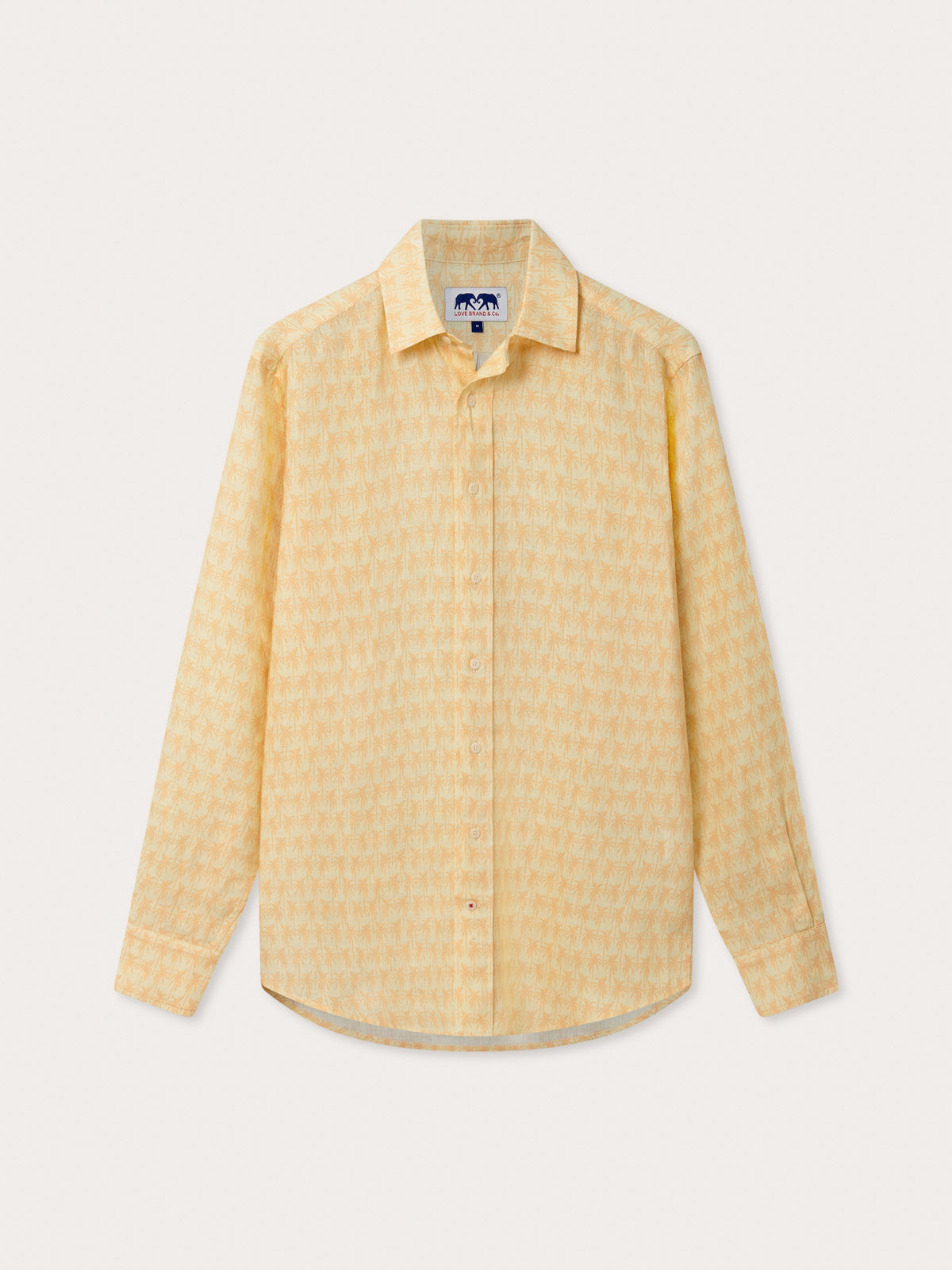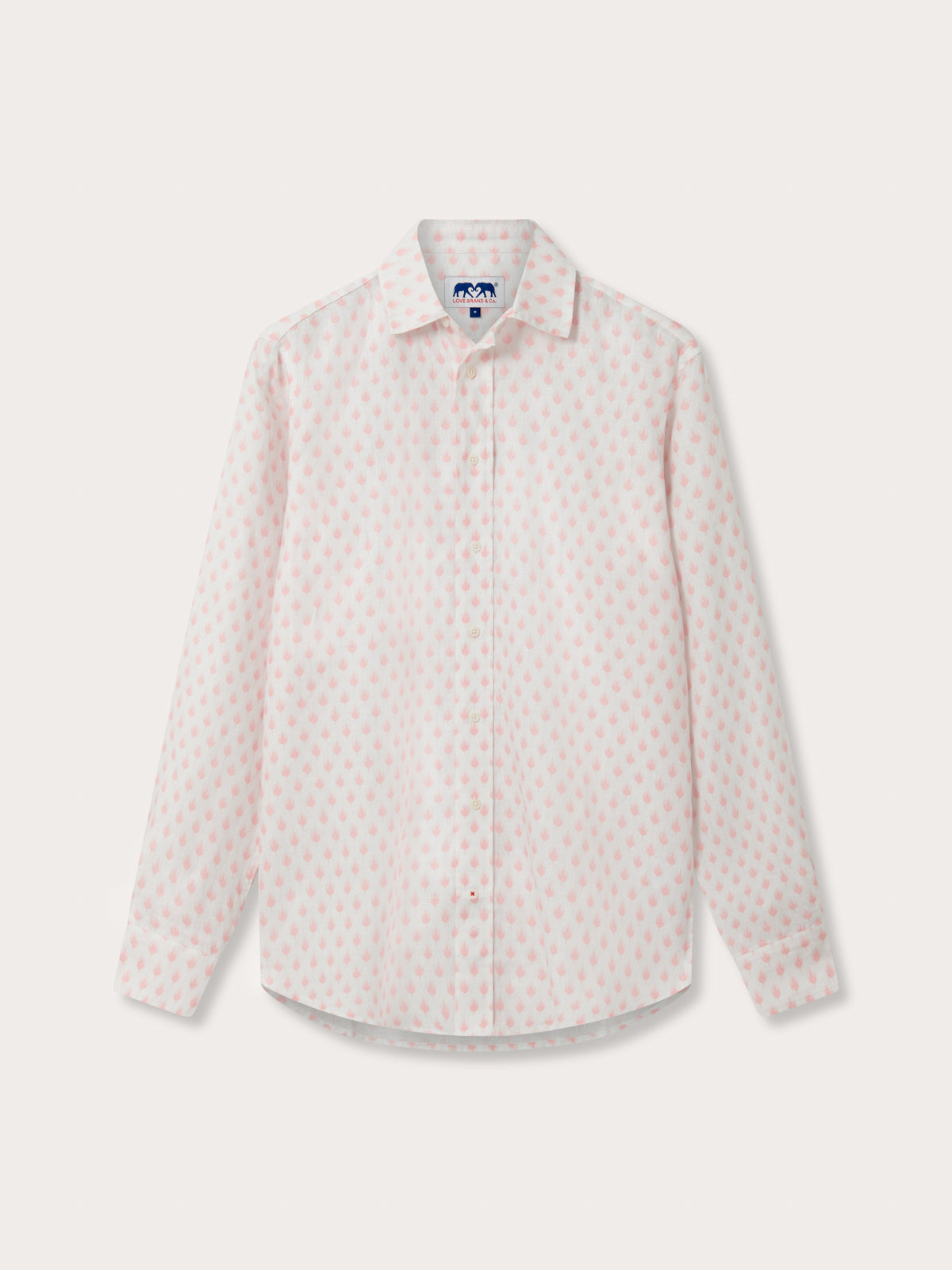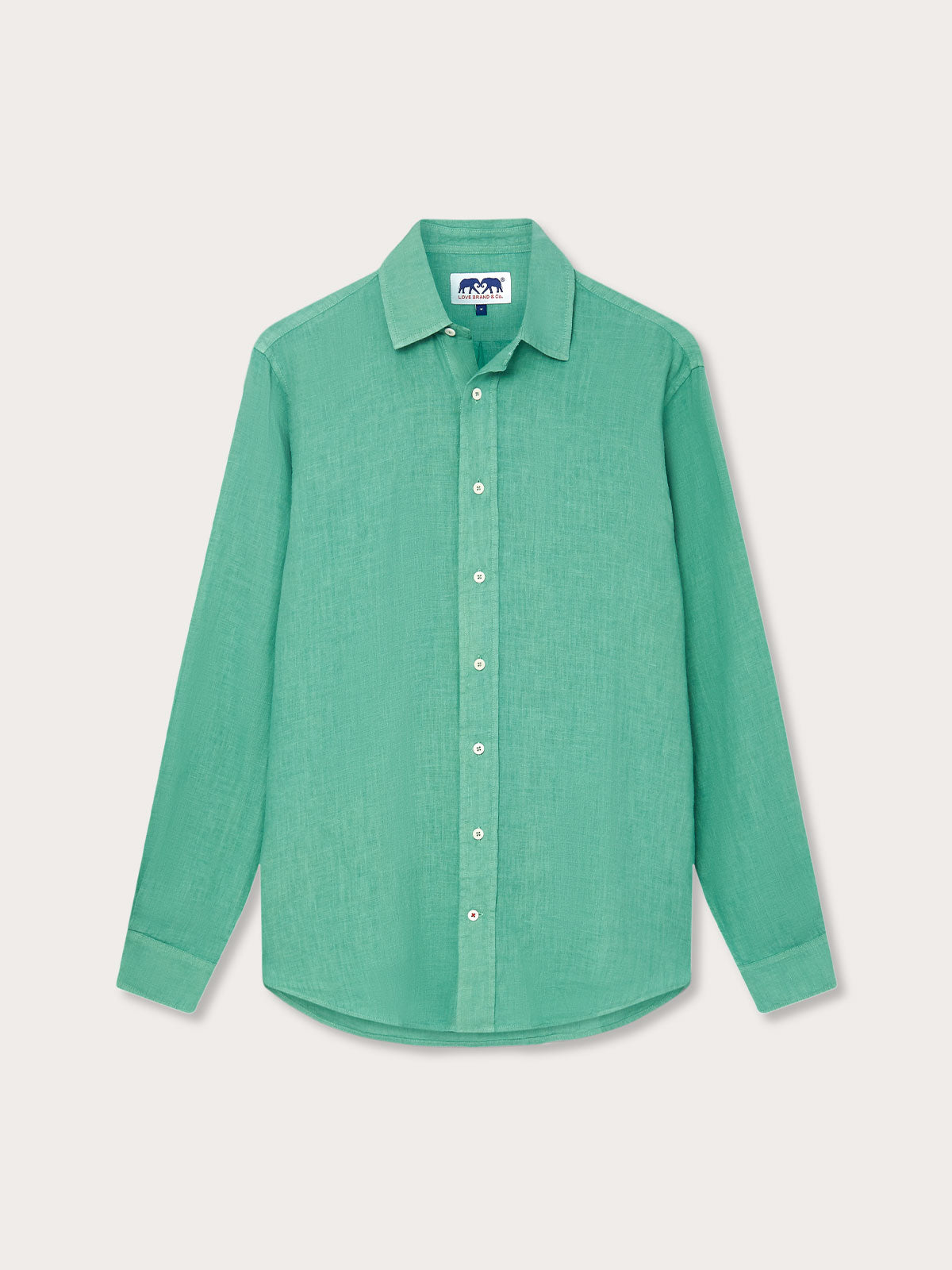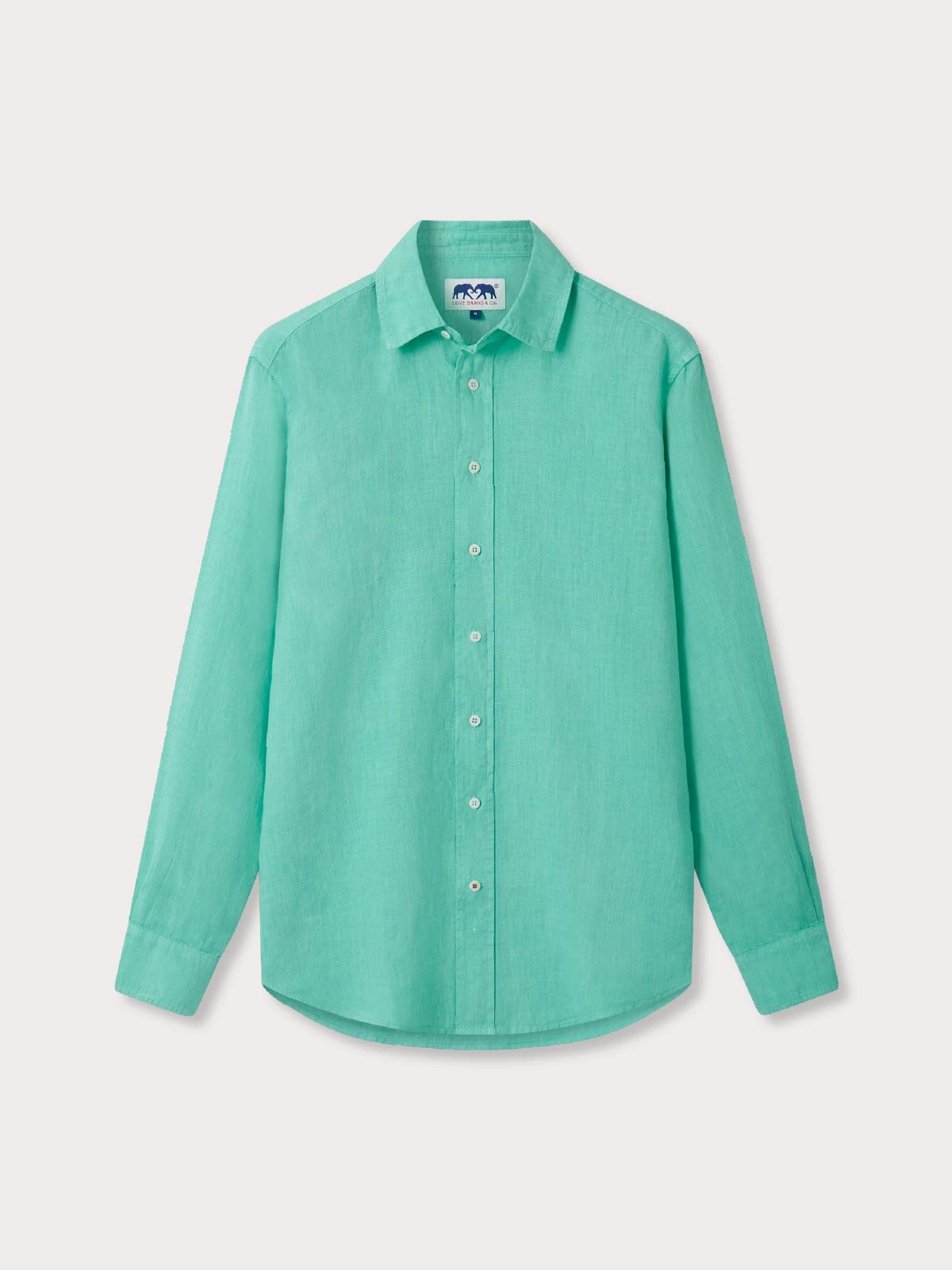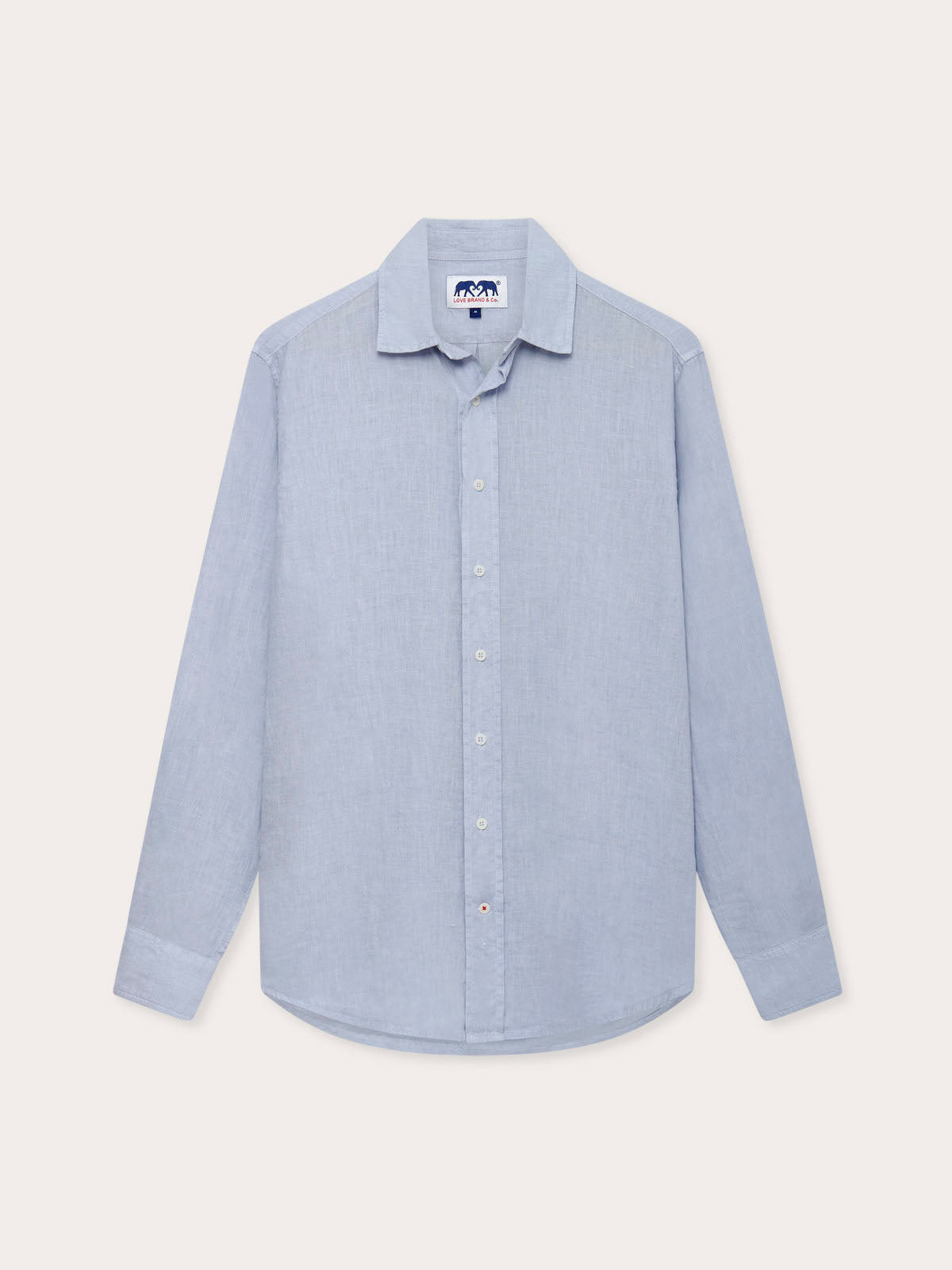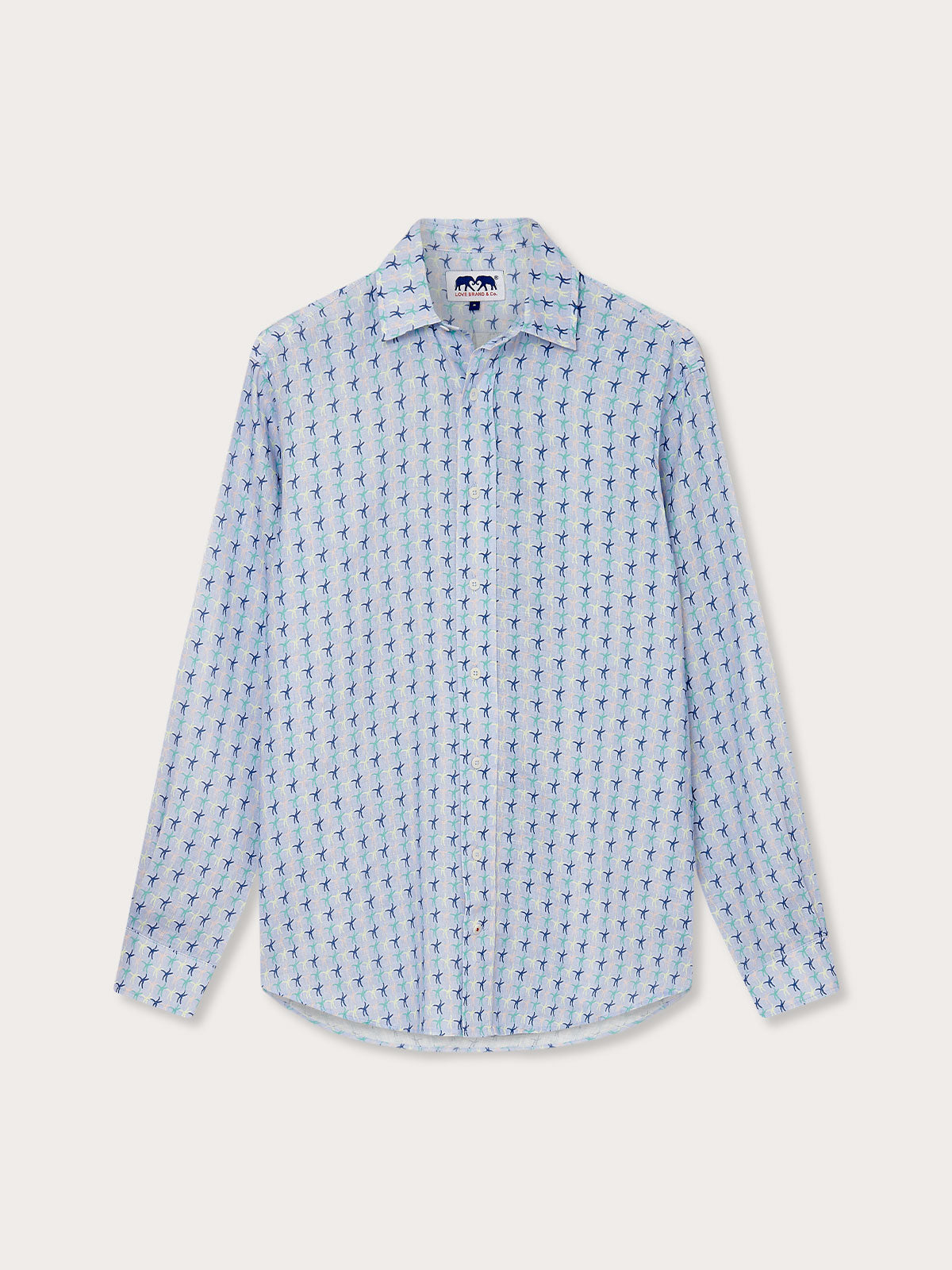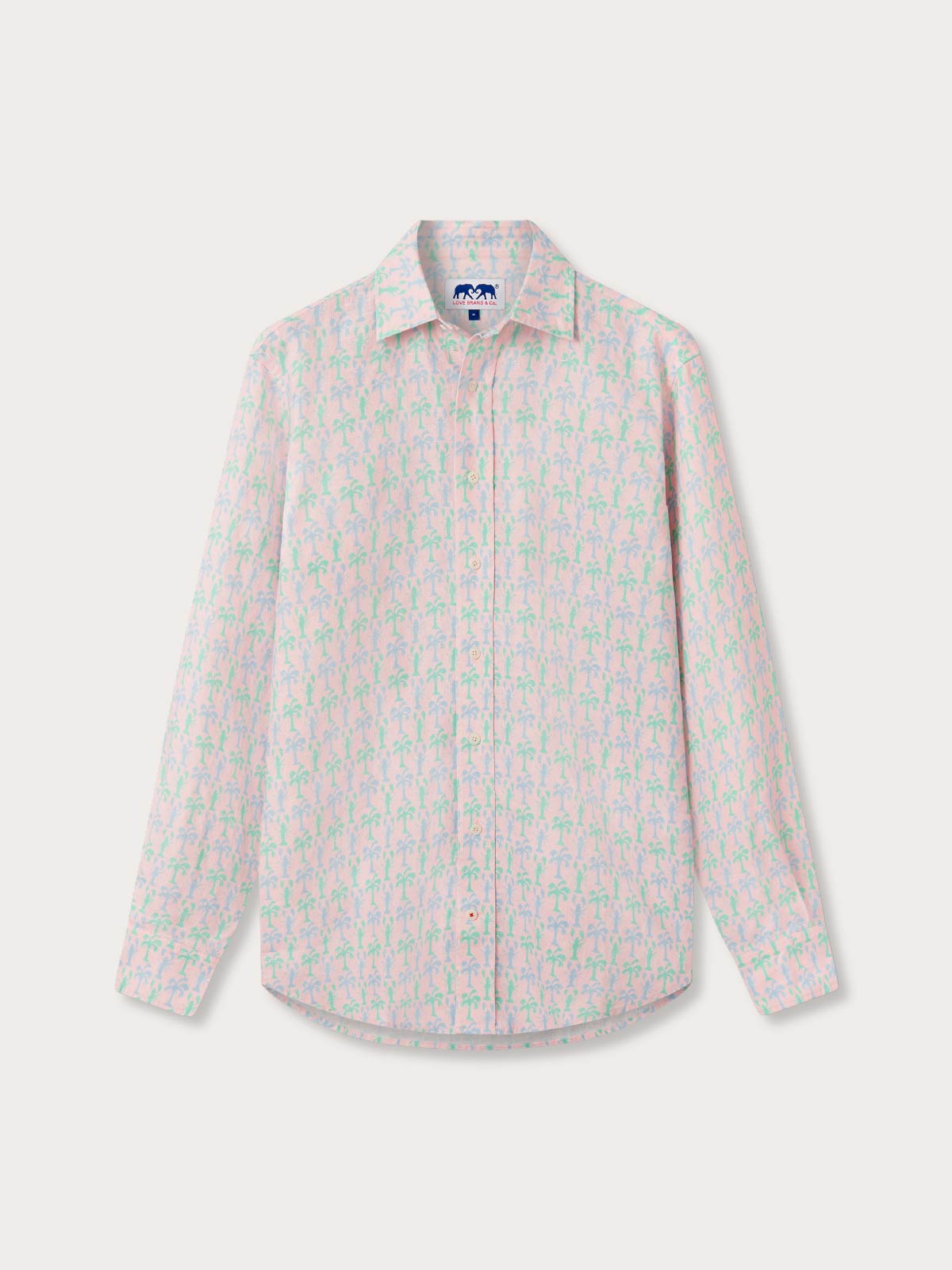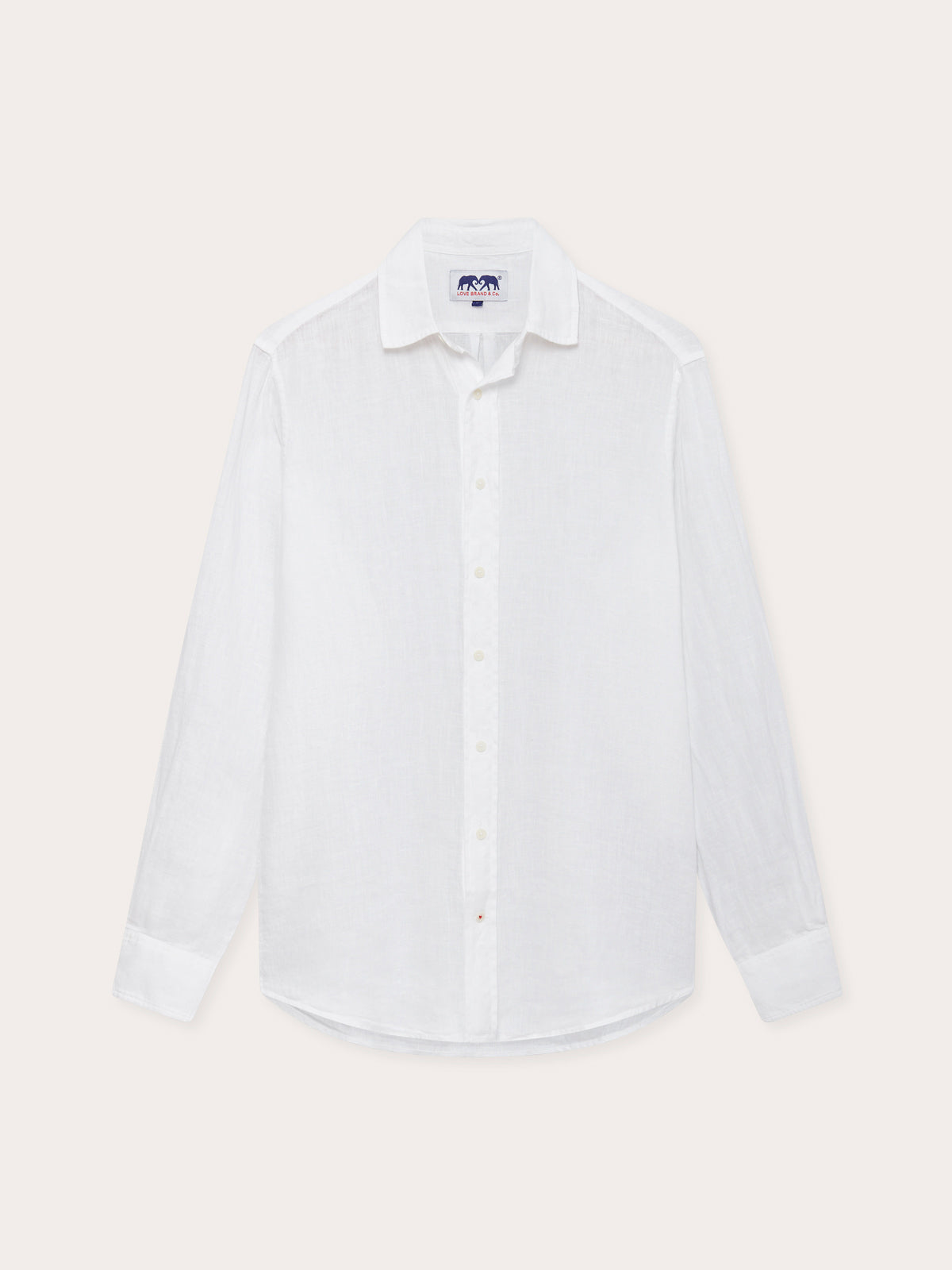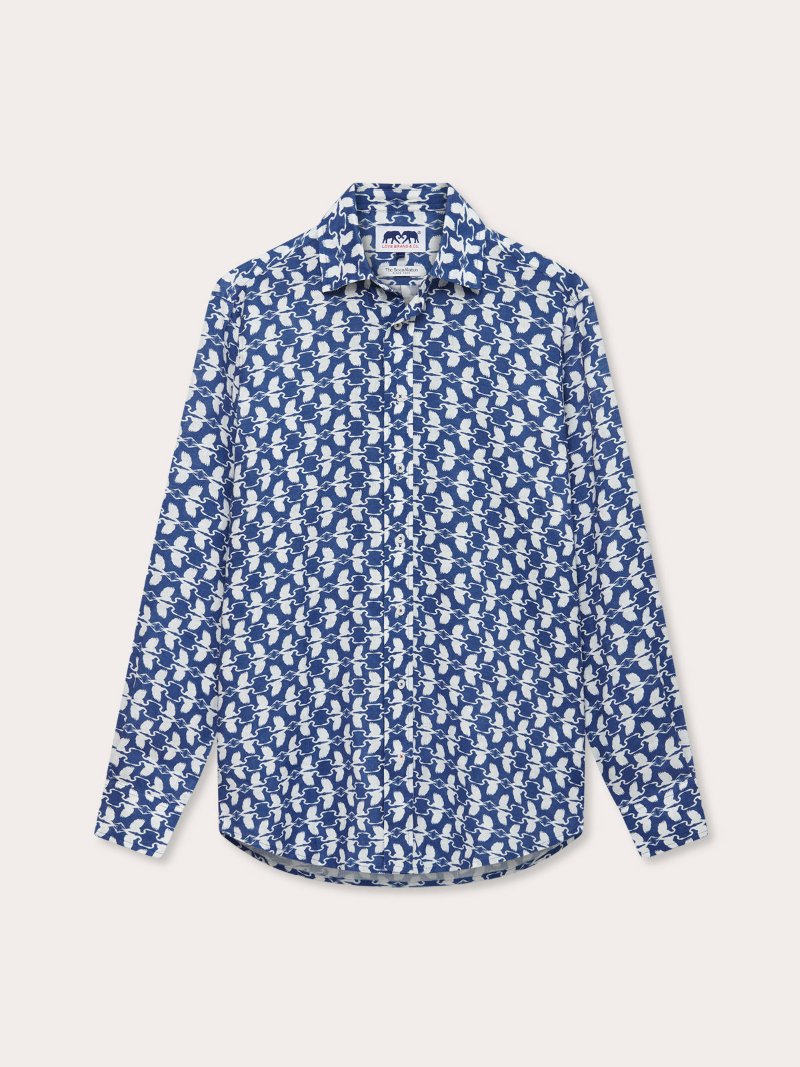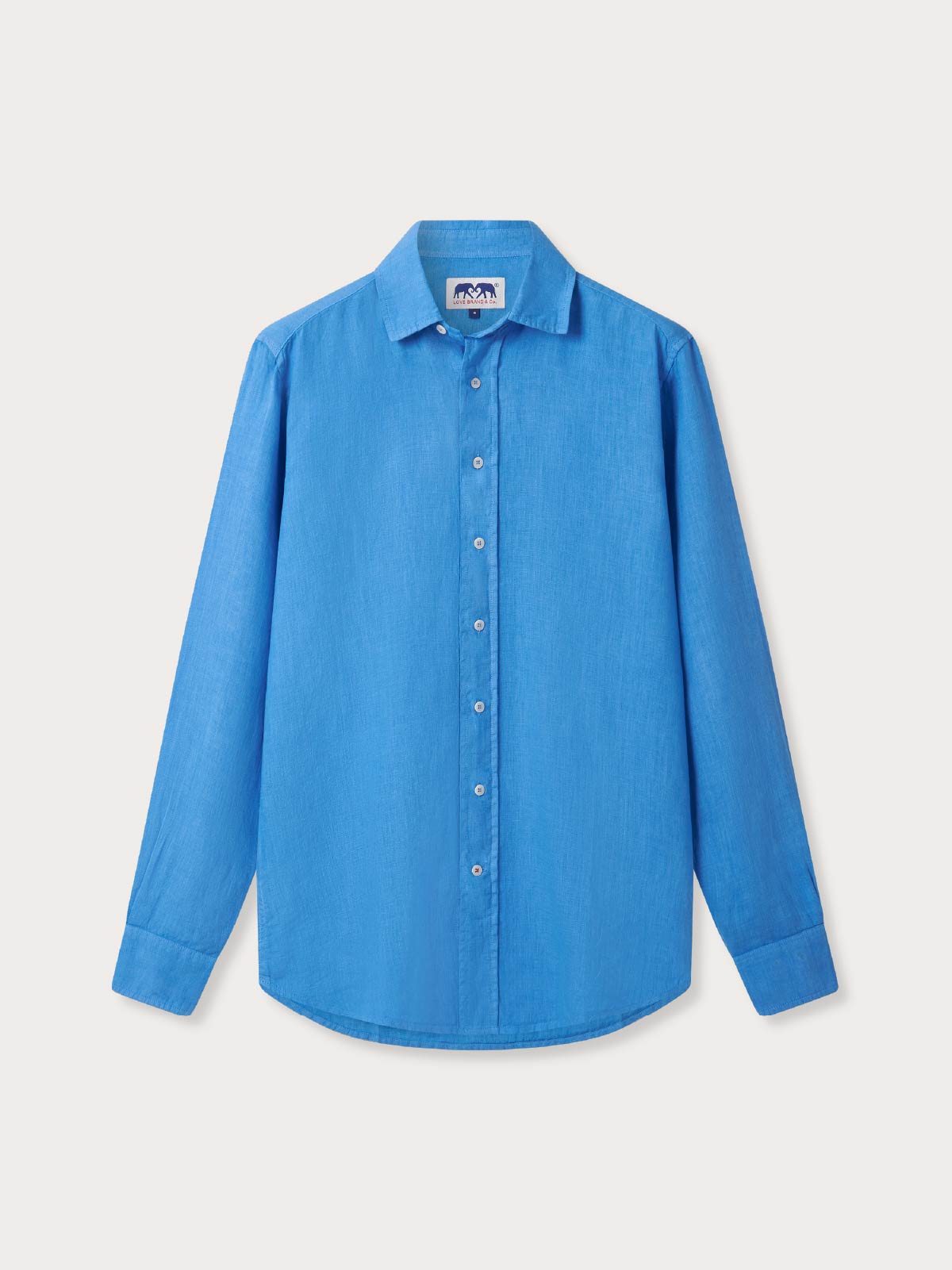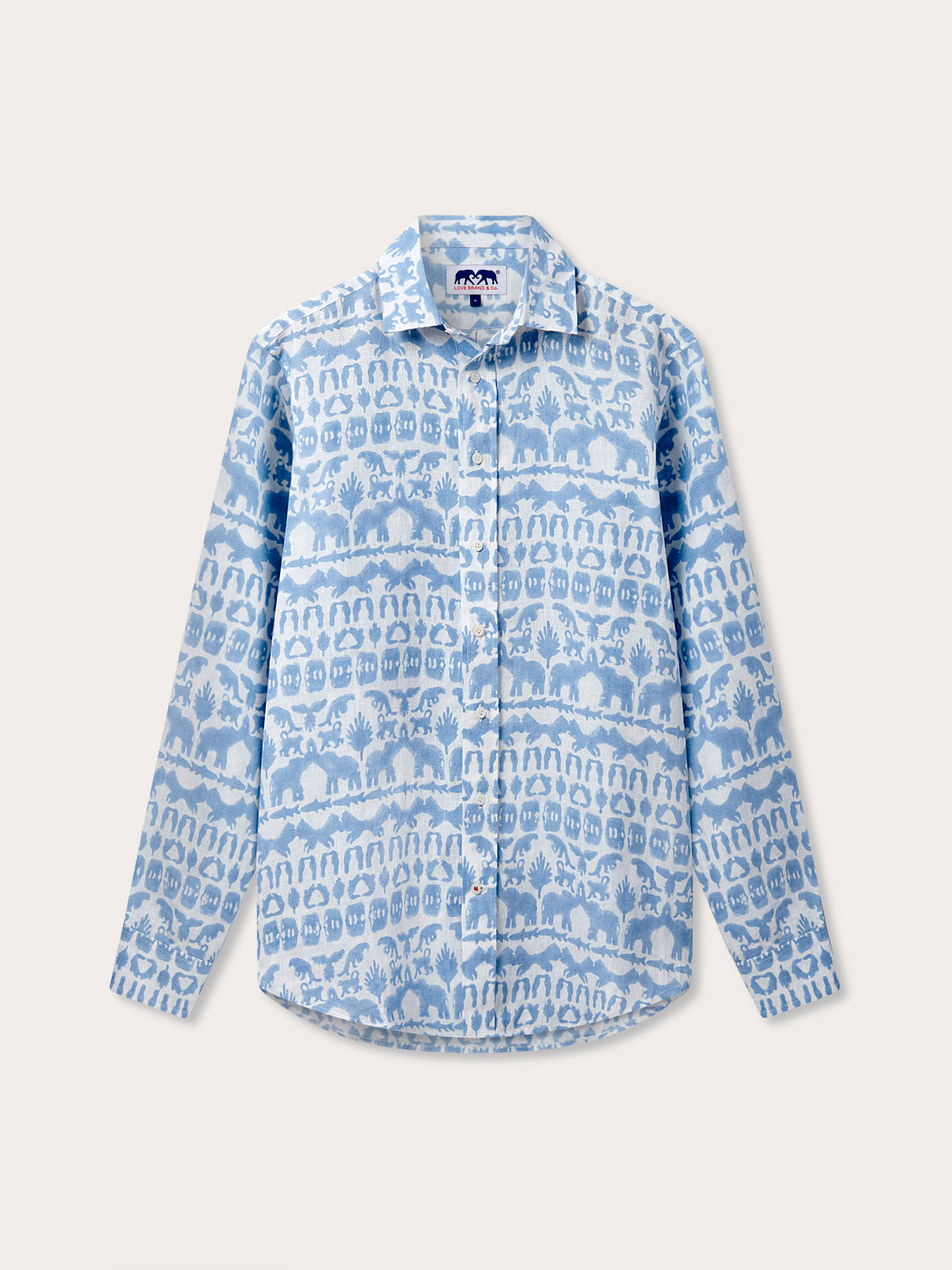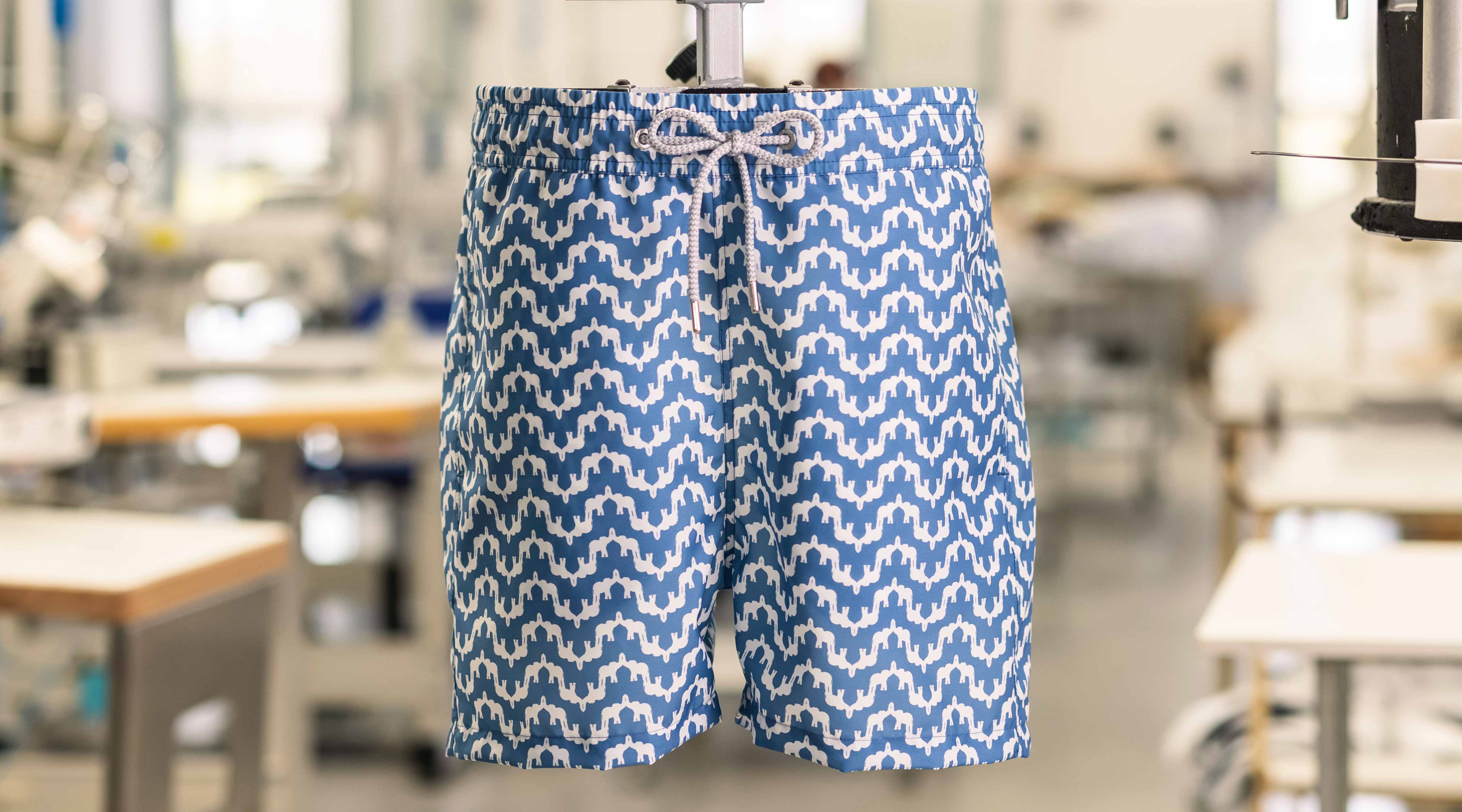For millennia, linen has been revered as one of the world’s finest and most enduring fabrics. Ancient Egyptian pharaohs, including Tutankhamun, were swathed in linen bandages, believing the textile symbolised purity and eternal life. In Medieval Europe, it was the fabric of nobility, while in modern medicine, its durability and natural antibacterial properties have made it the preferred choice for surgical sutures, bandages, and hospital bedding. Even the Bible references linen extensively; most notably, it’s the fabric that swaddled Jesus at both birth and death.

So what makes linen so special? Aside from its effortlessly cool, breathable feel, some believe it actually has healing properties. A quick Google will find many accounts of people reporting these positive effects of linen, including pain reduction and a calmer mood.
In 2003, researcher Dr. Heidi Crawford-Yellen decided to investigate. She studied how different fabrics interact with the body’s natural electromagnetic field. A healthy human body vibrates at around 100 Hz, while illness drops that frequency to about 15 Hz. Interestingly, synthetic fabrics such as nylon also measure at the same low frequency, which some believe contributes to inflammation and skin sensitivities.
Cotton performed better in the study, especially organic varieties, which aligned closely with the body’s natural resonance. But linen? It measured a staggering 5,000 Hz, suggesting it may not just be good for the body but actively restorative. Nobel Prize-winning scientist Dr. Otto Heinrich Warburg echoed these findings, noting that linen’s natural fibres harmonise with human cells in a way that synthetic materials can't.

Beyond the science, the virtues of linen are well known. Its antibacterial and hypoallergenic nature makes it ideal for sensitive skin, while its breathability wicks away moisture, keeping the body cool and comfortable even in tropical climates. Linen also possesses thermoregulating properties, insulating in winter and cooling in summer, which is why it has been a staple in wardrobes from the Mediterranean to the Maldives.
Perhaps this is why linen has stood the test of time, not just as a fashion statement but as a fabric intrinsically woven with well-being. So whether you’re slipping into a linen shirt, bedding, or a breezy sundress, you’re wrapping yourself in a fabric that’s not just stylish but has the potential to heal too.




